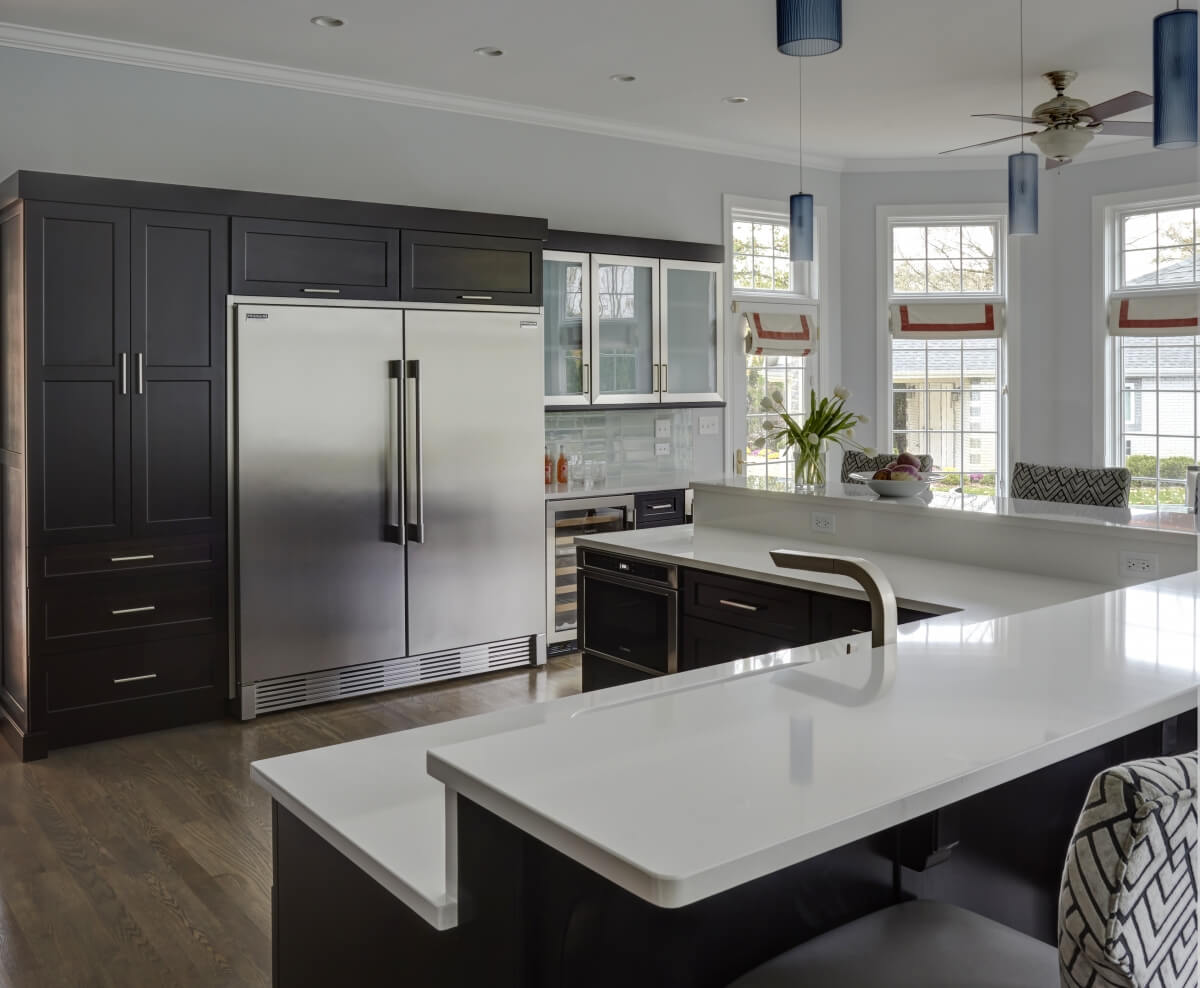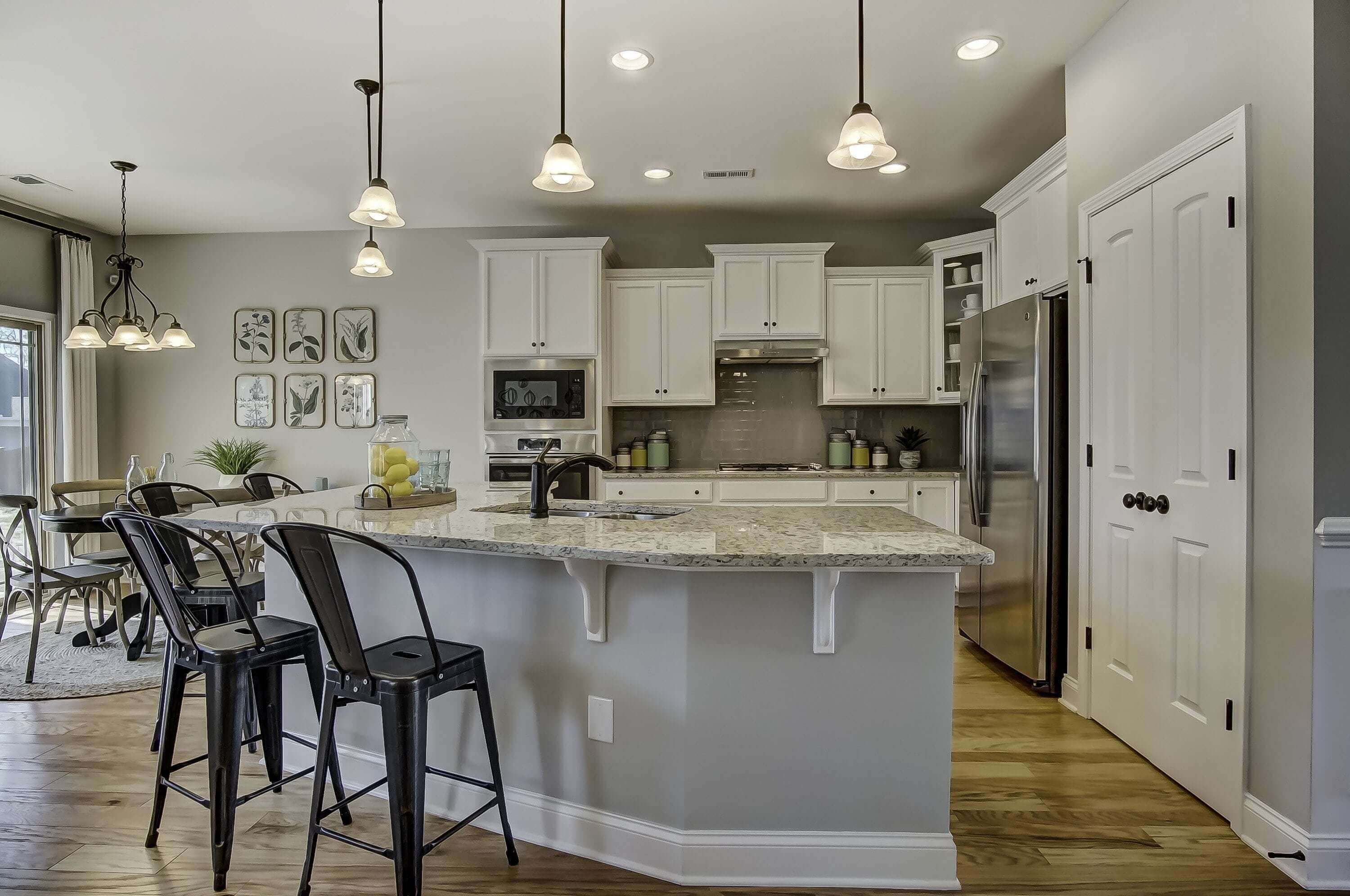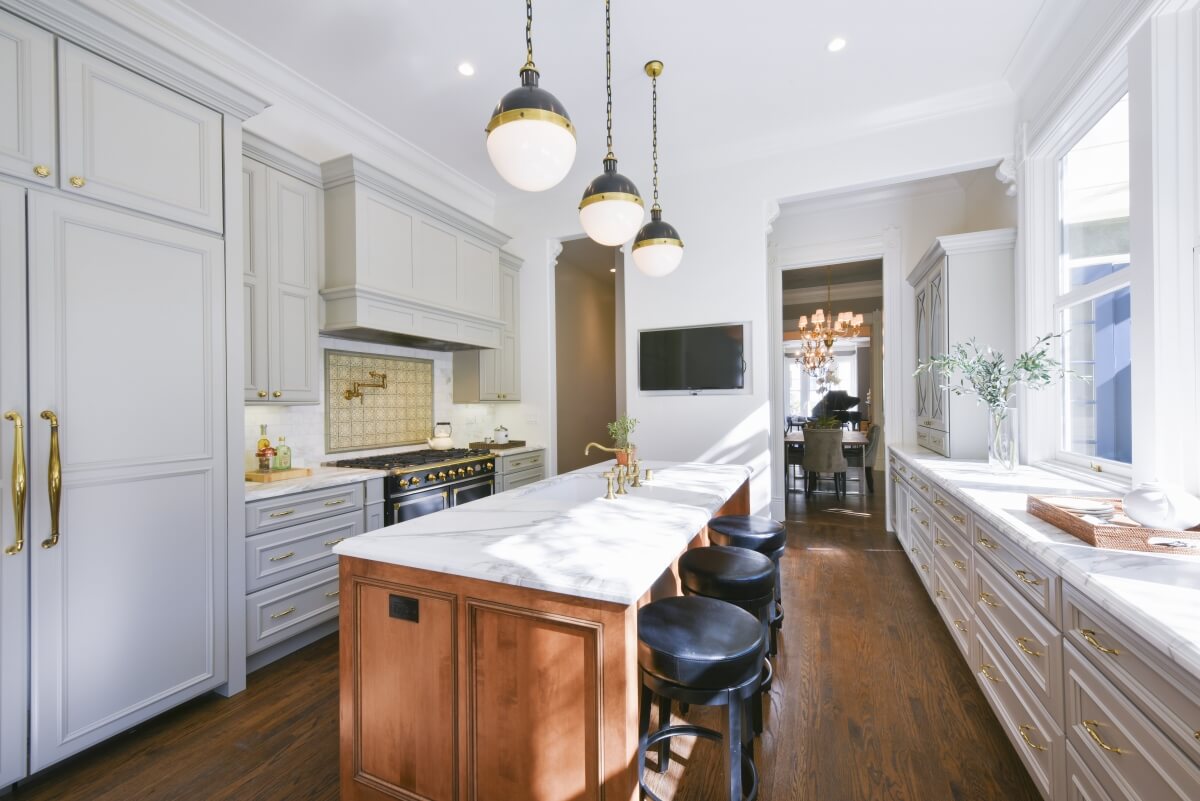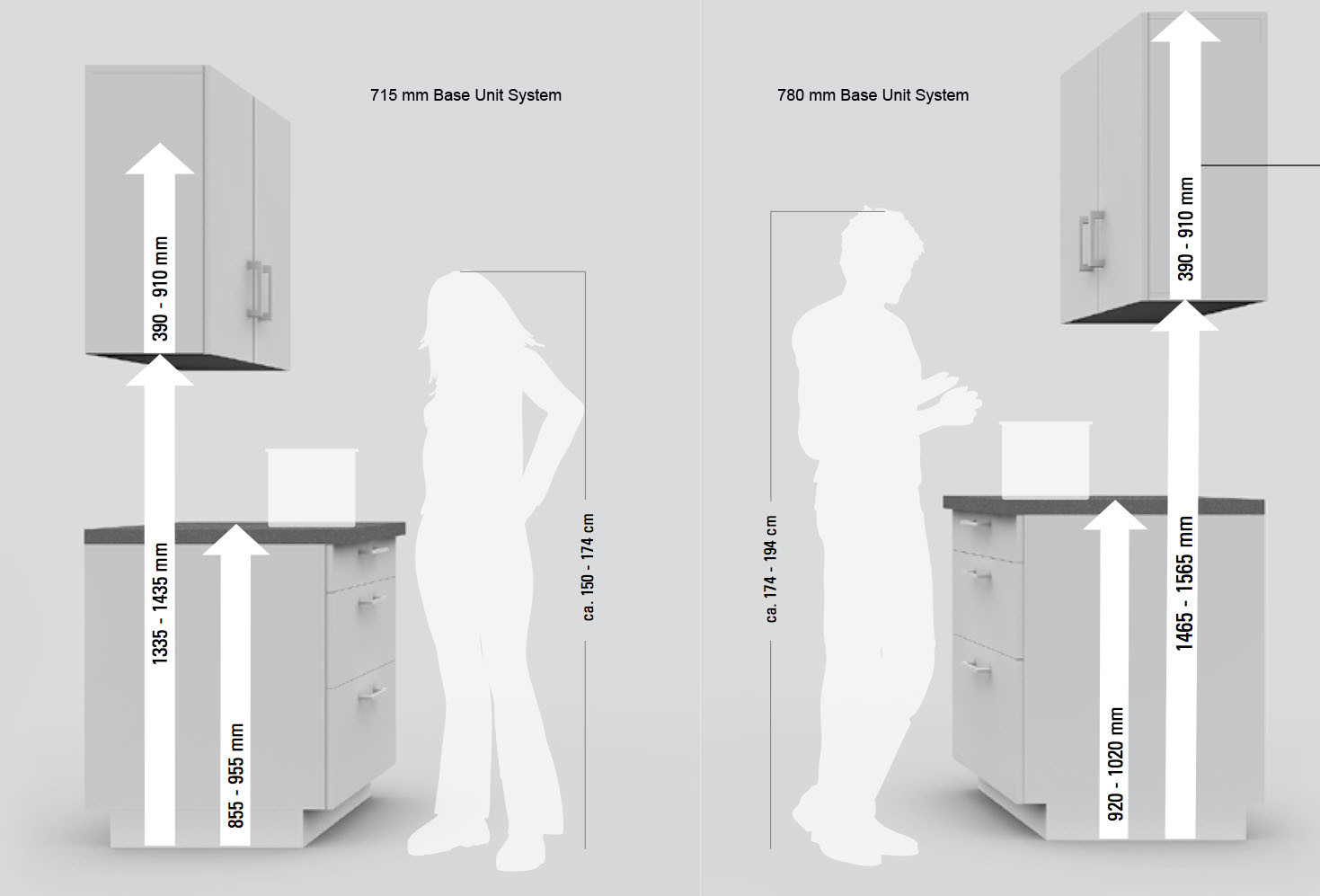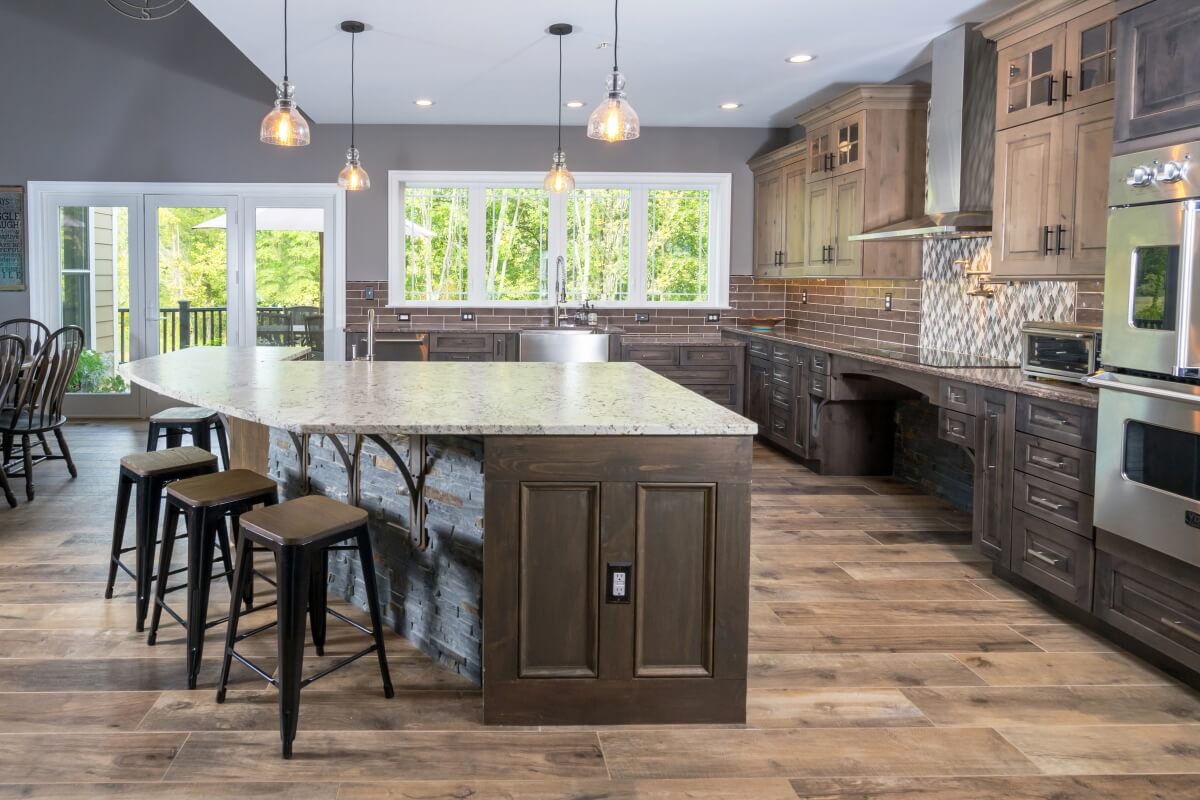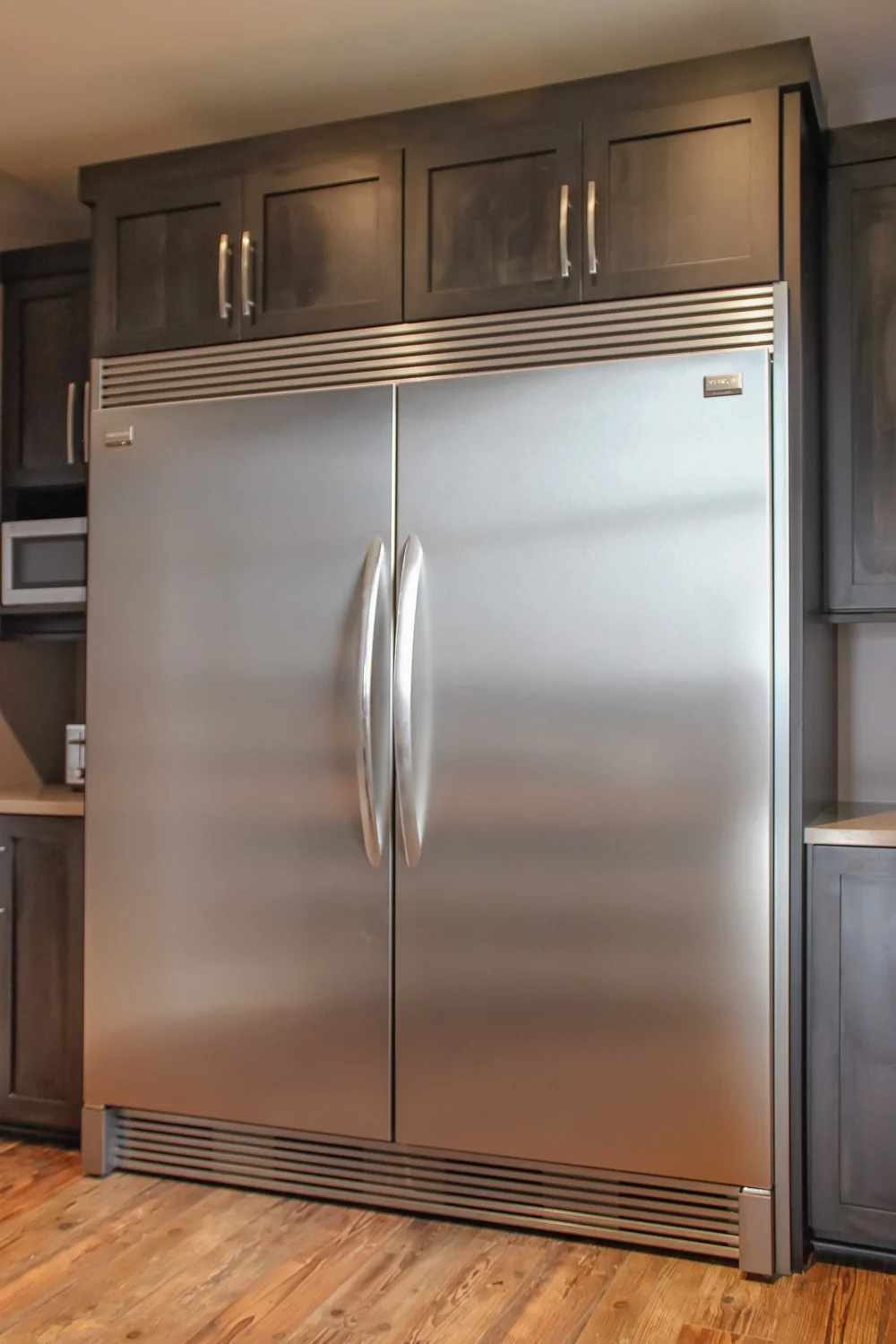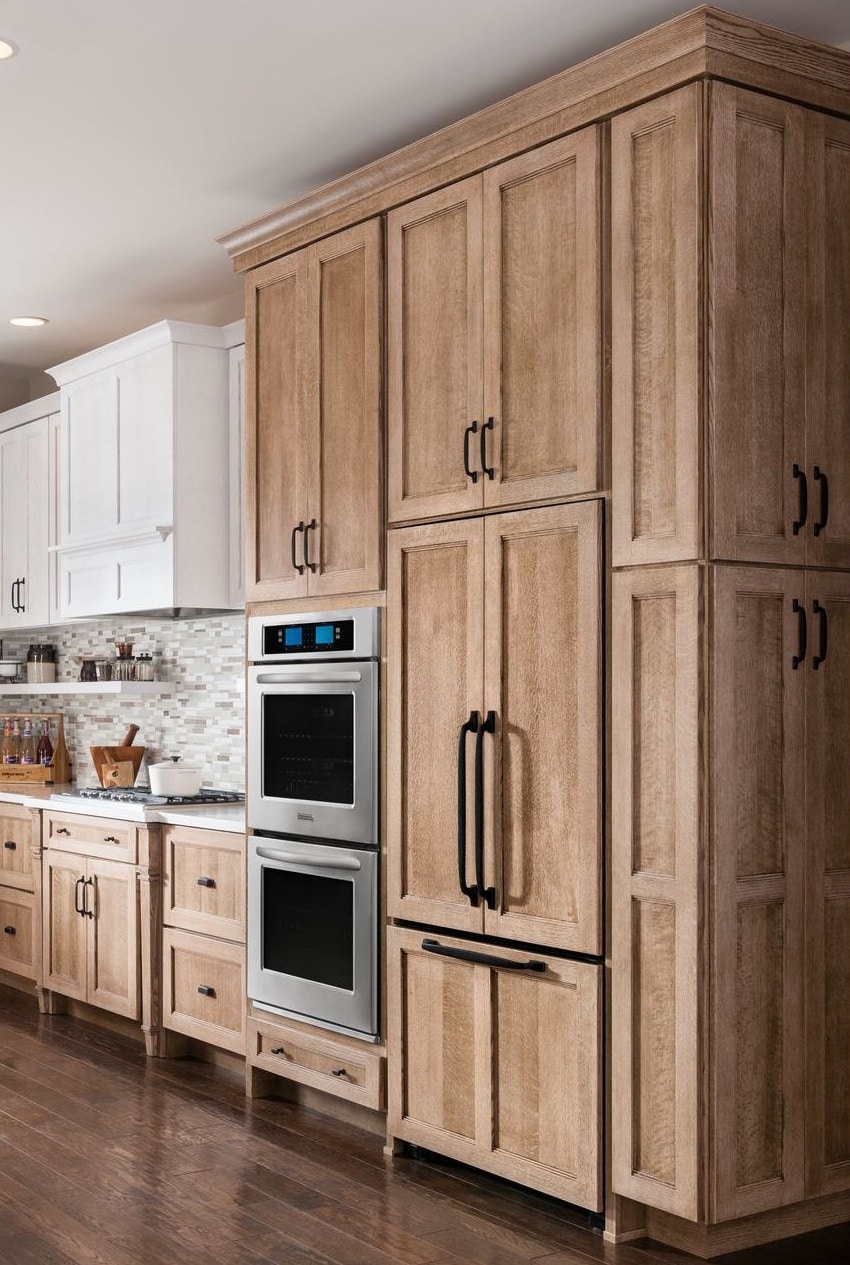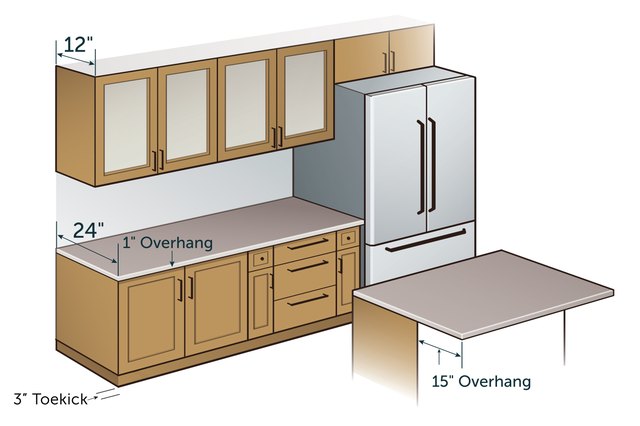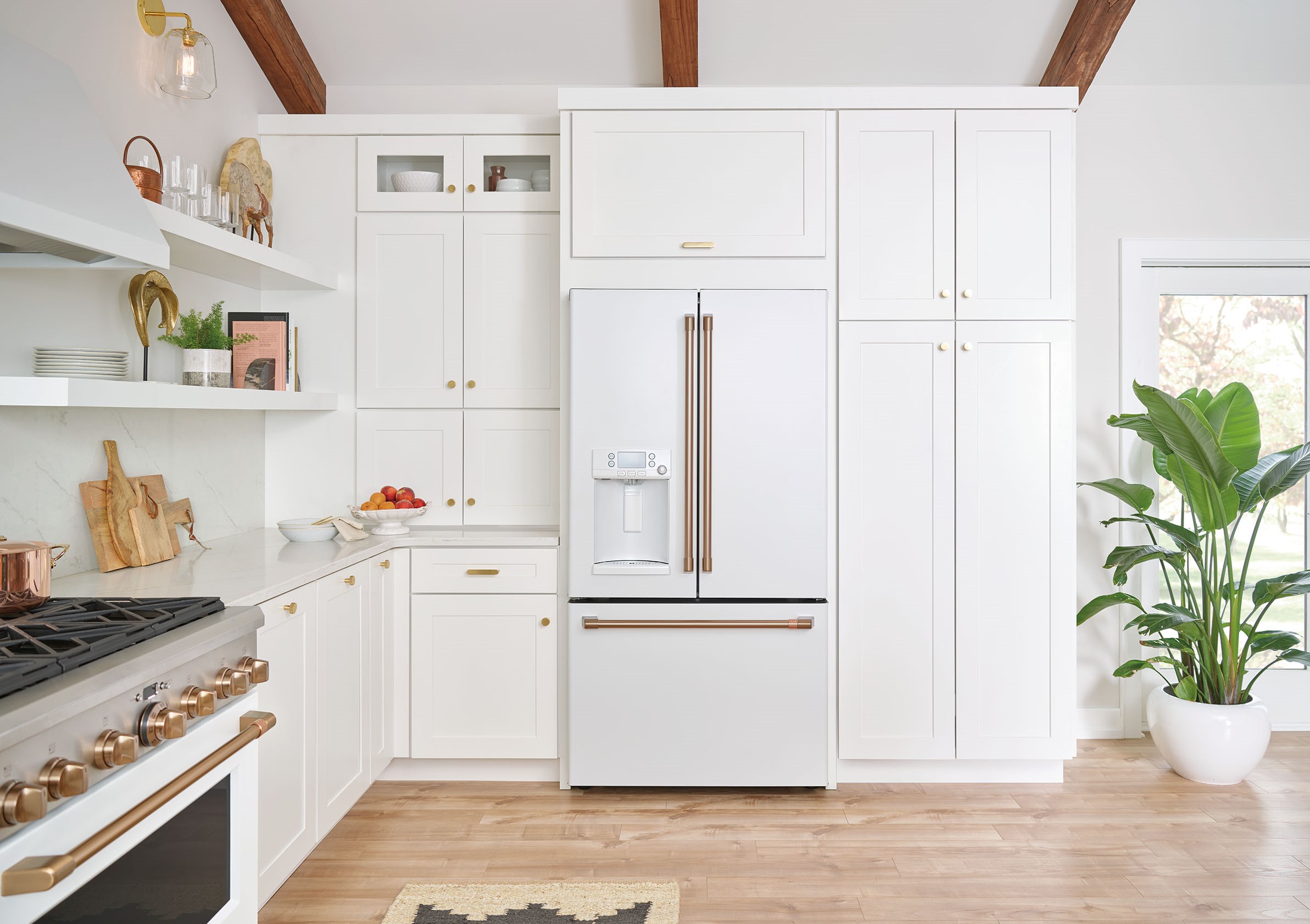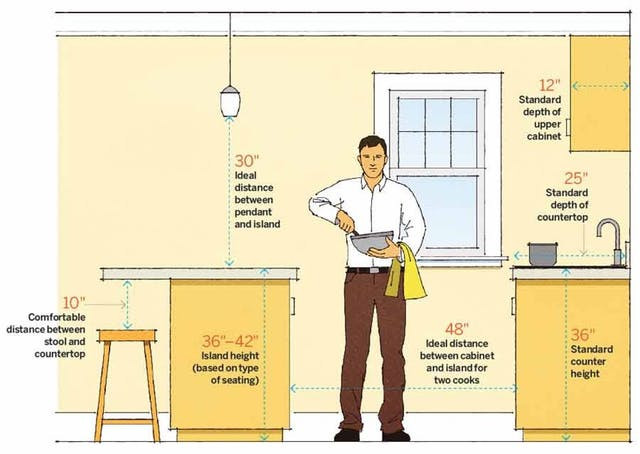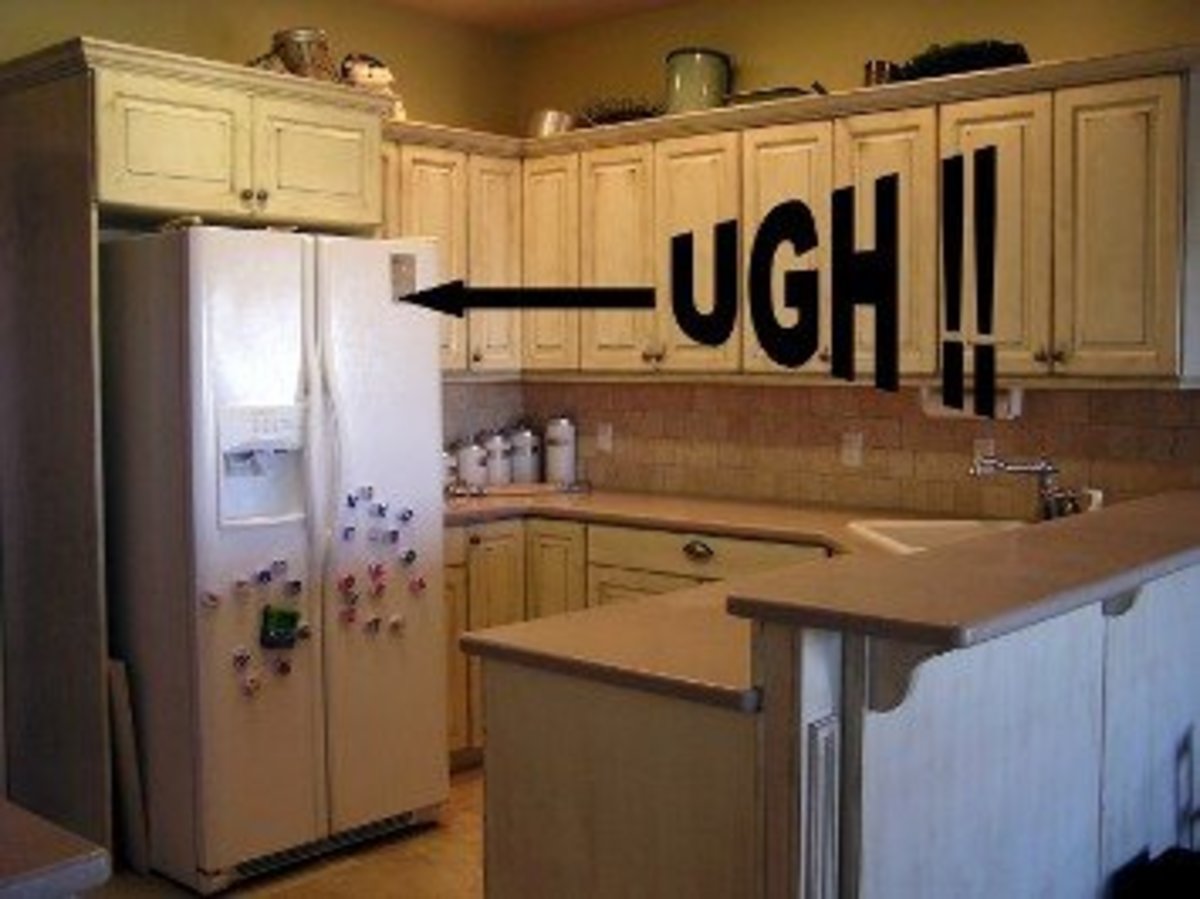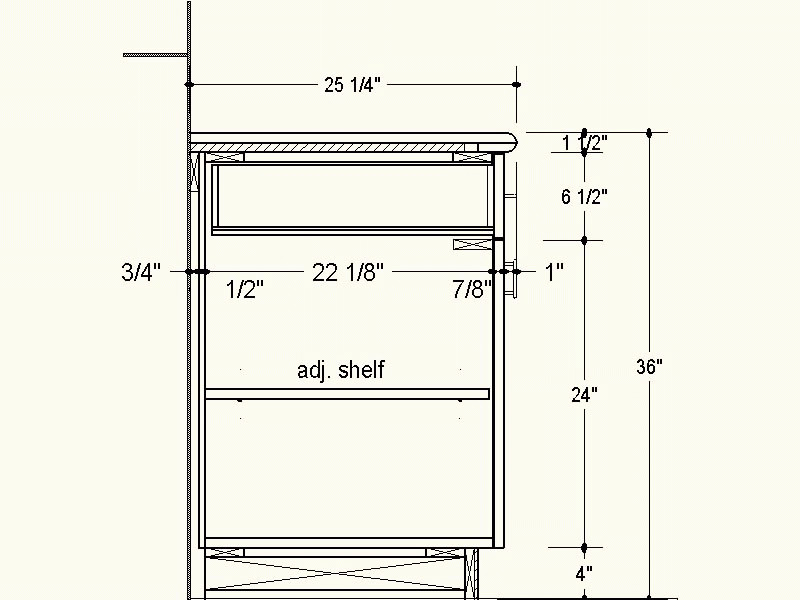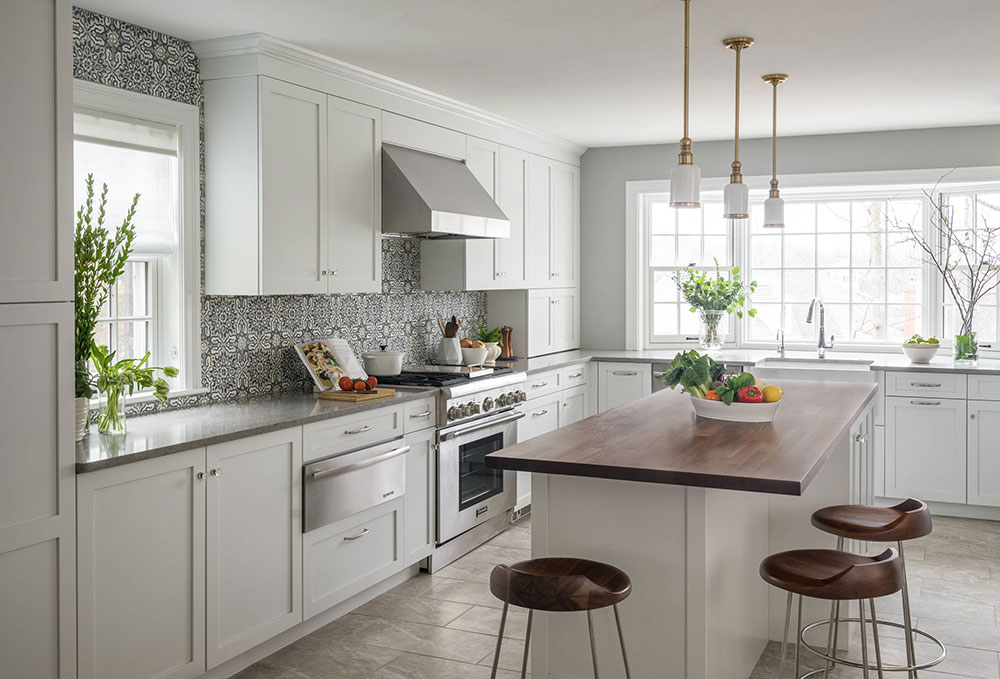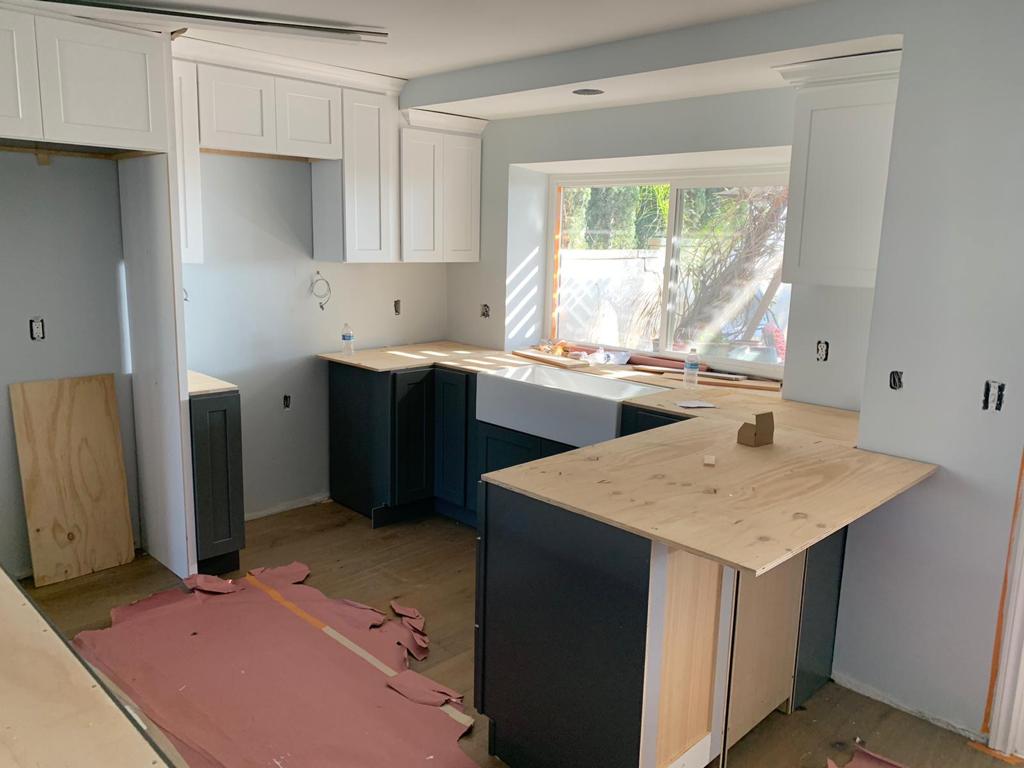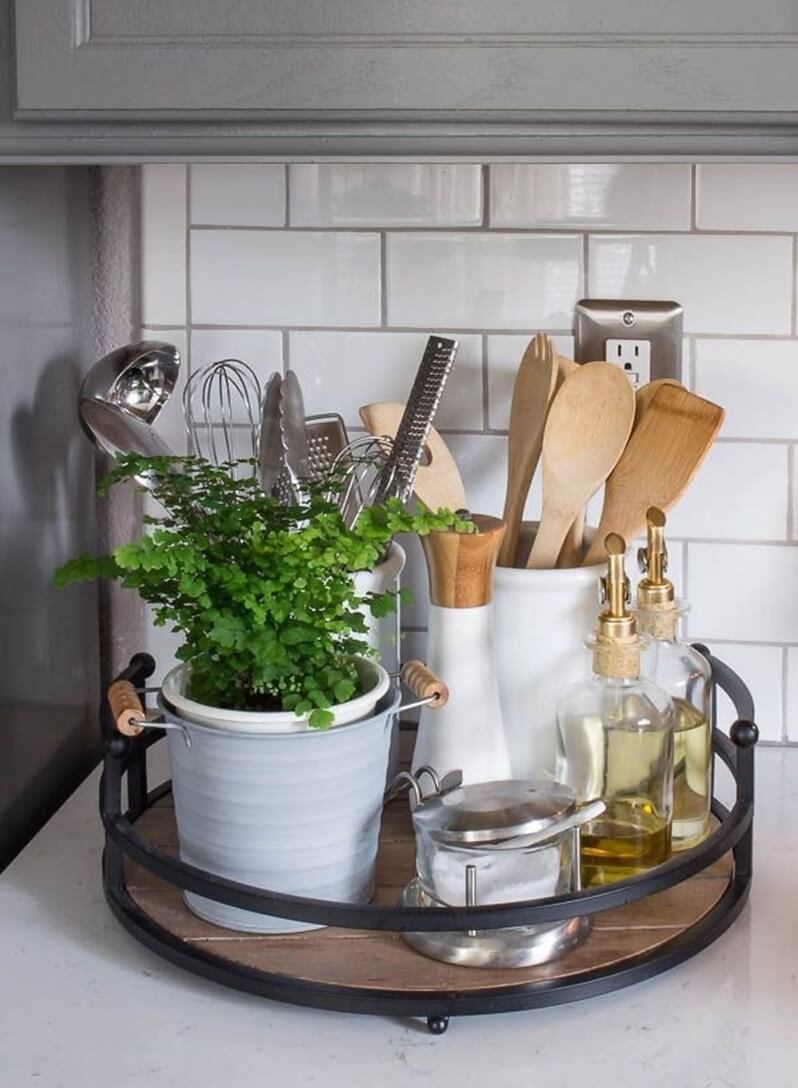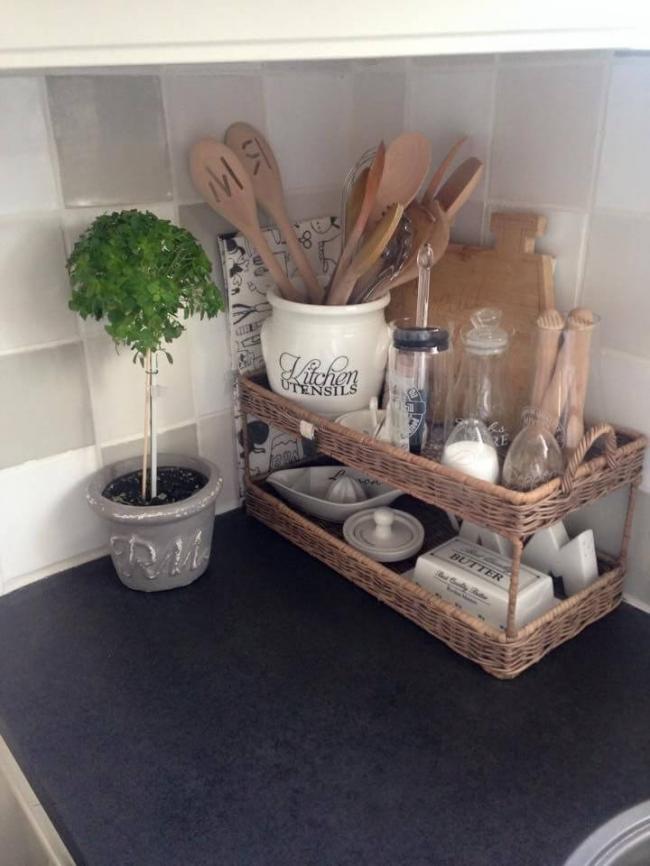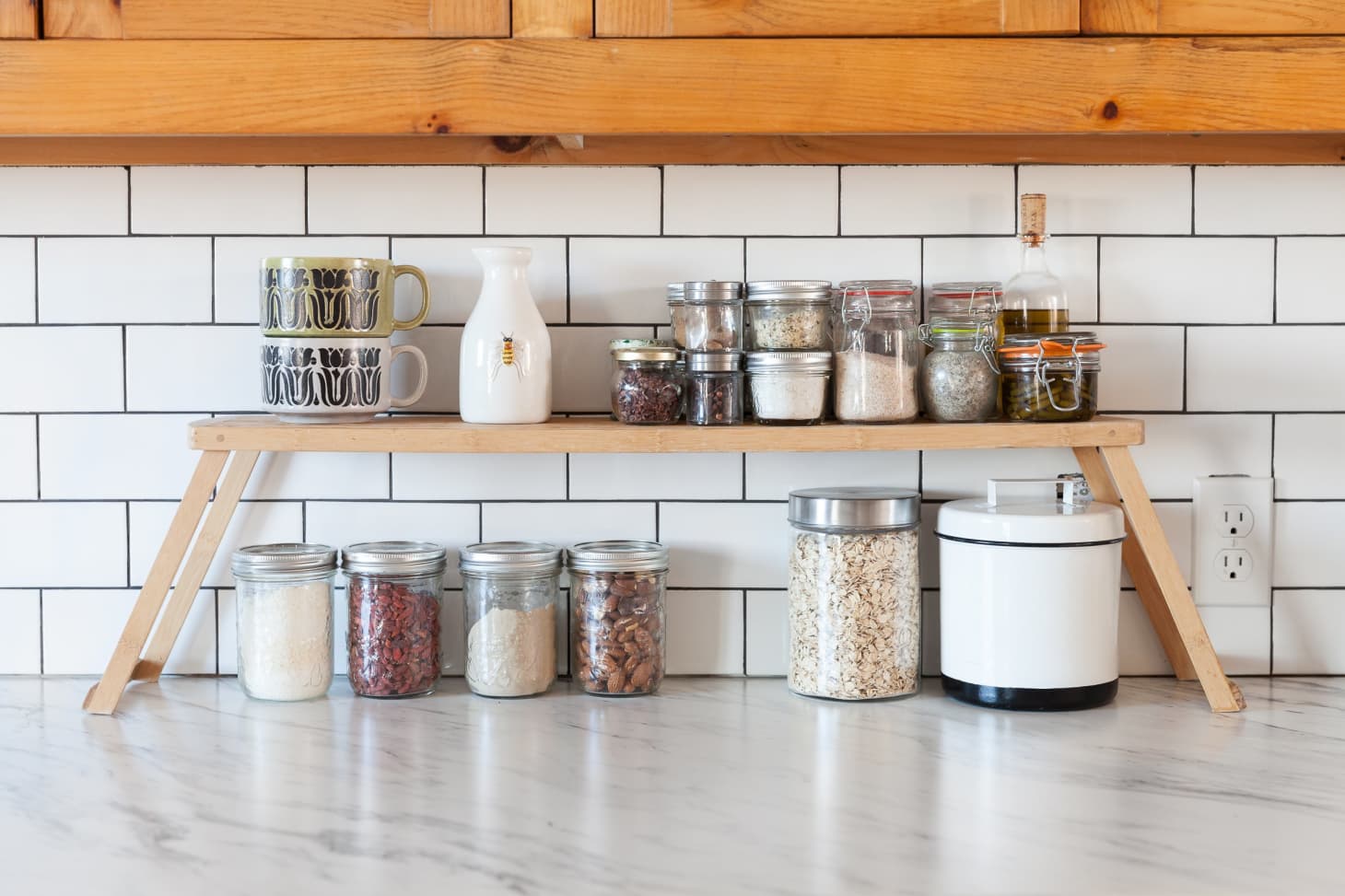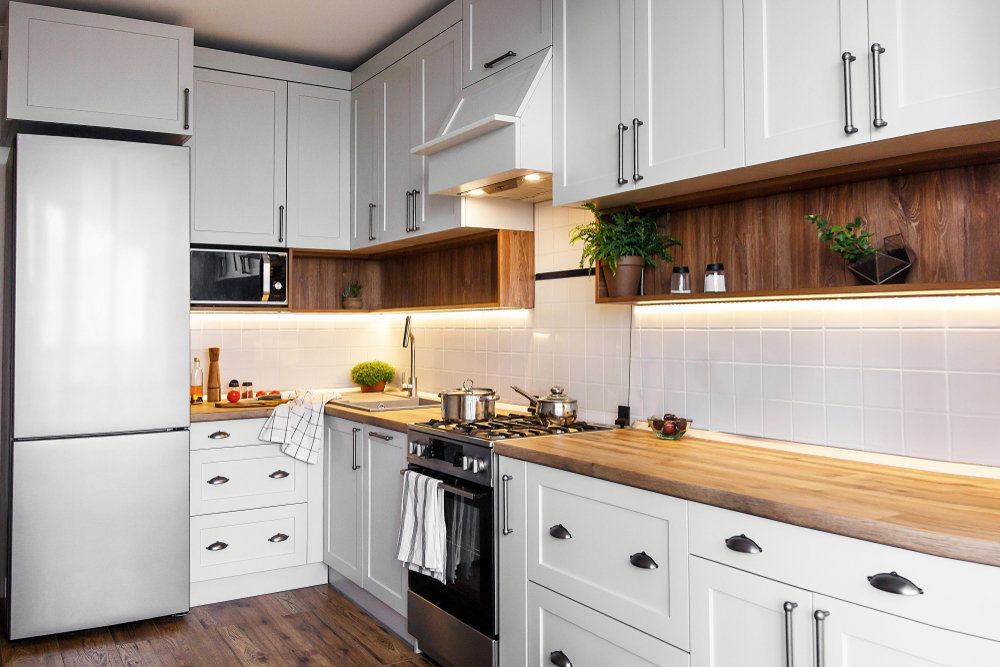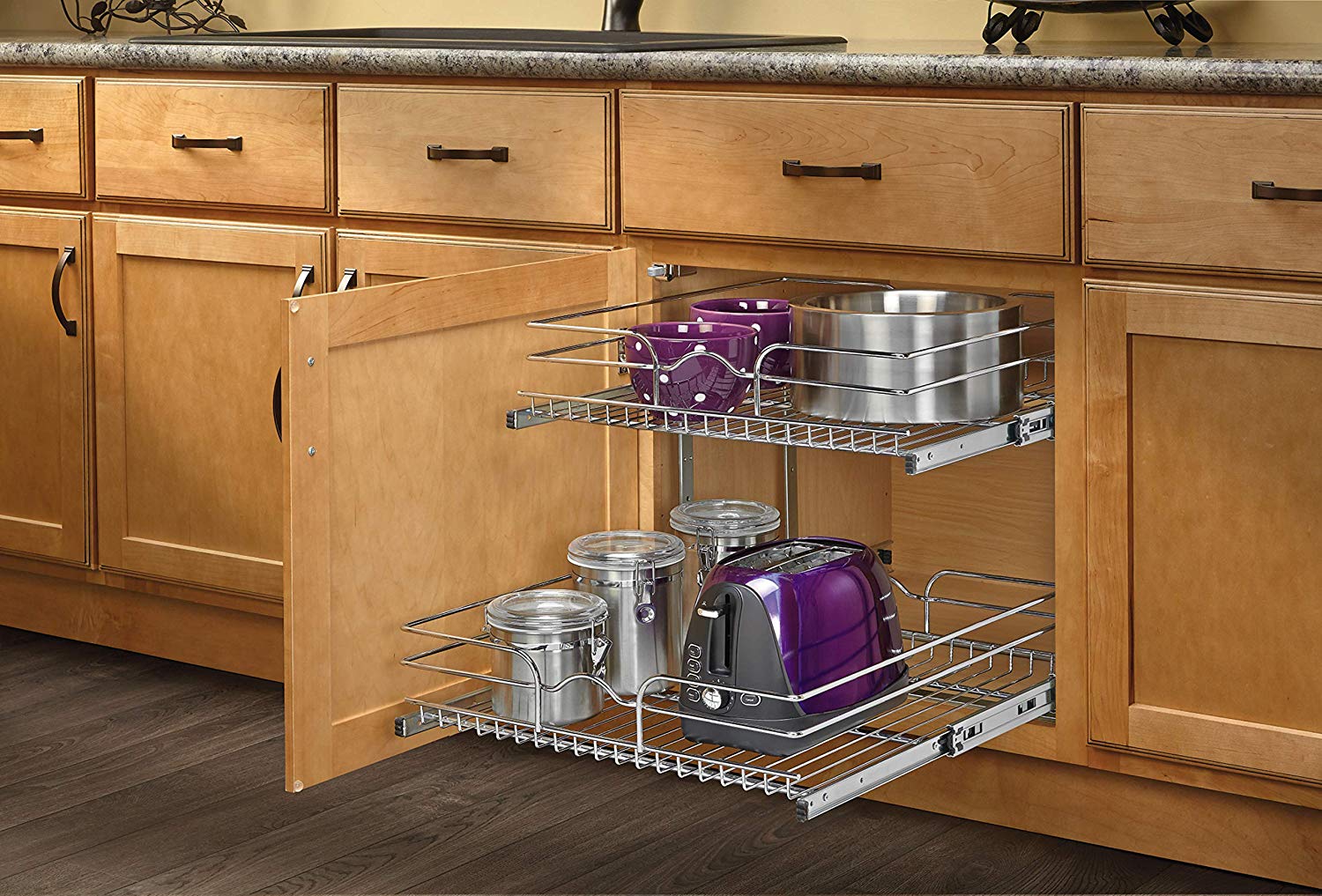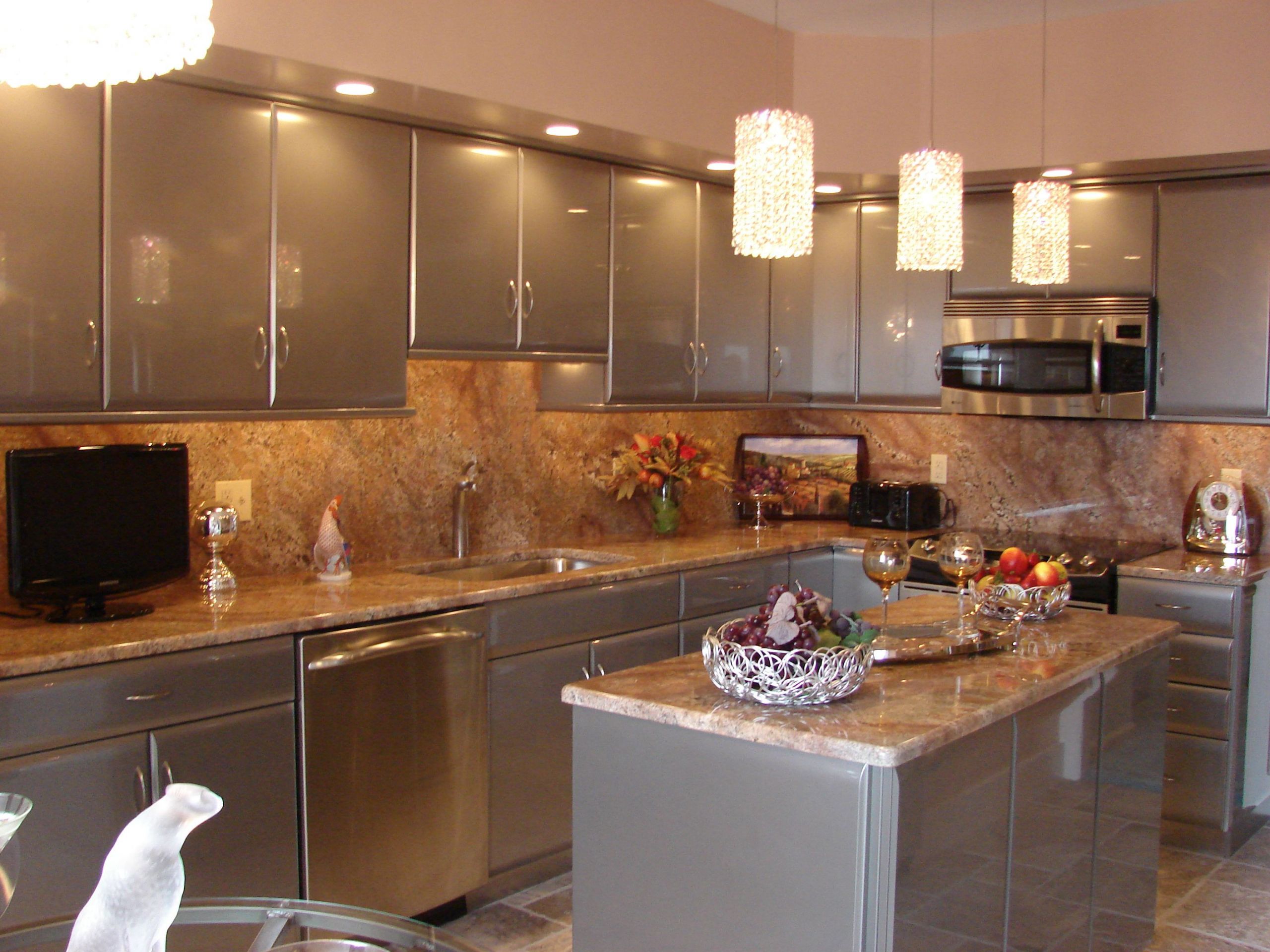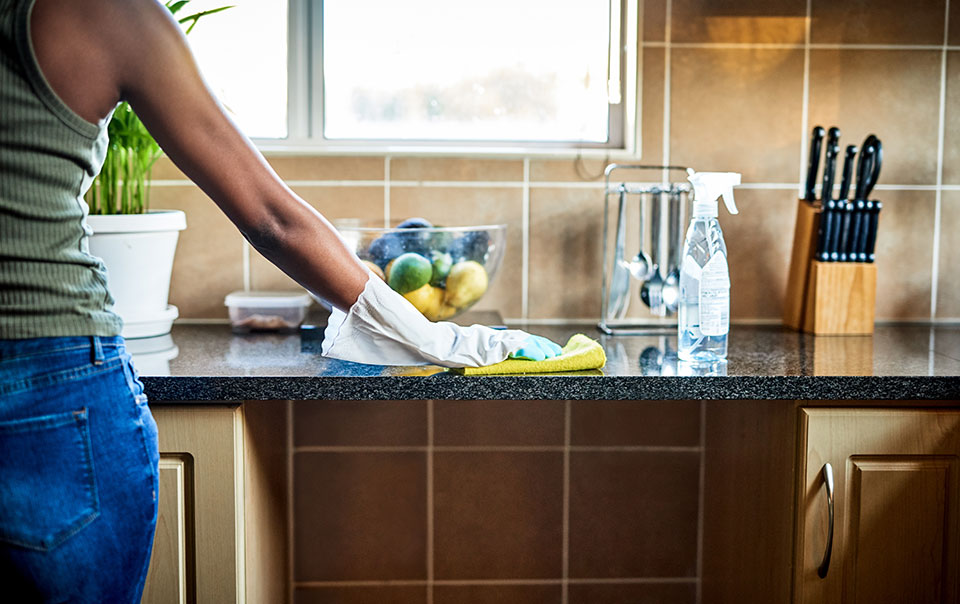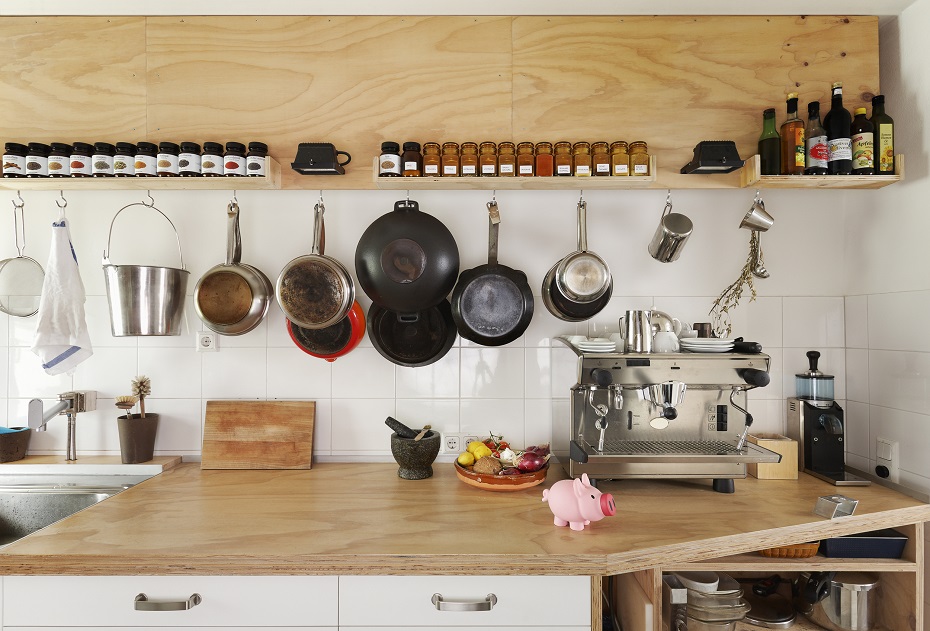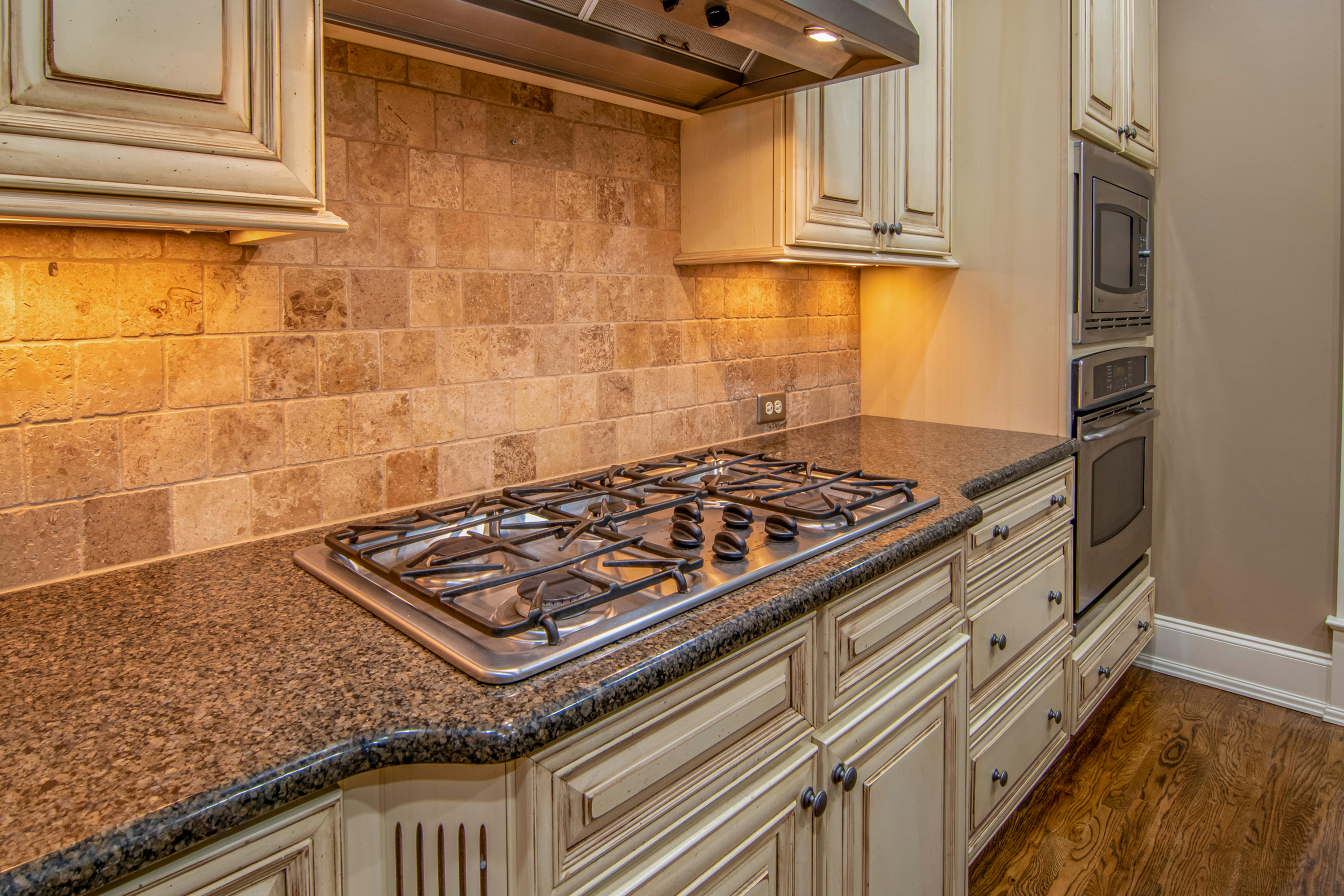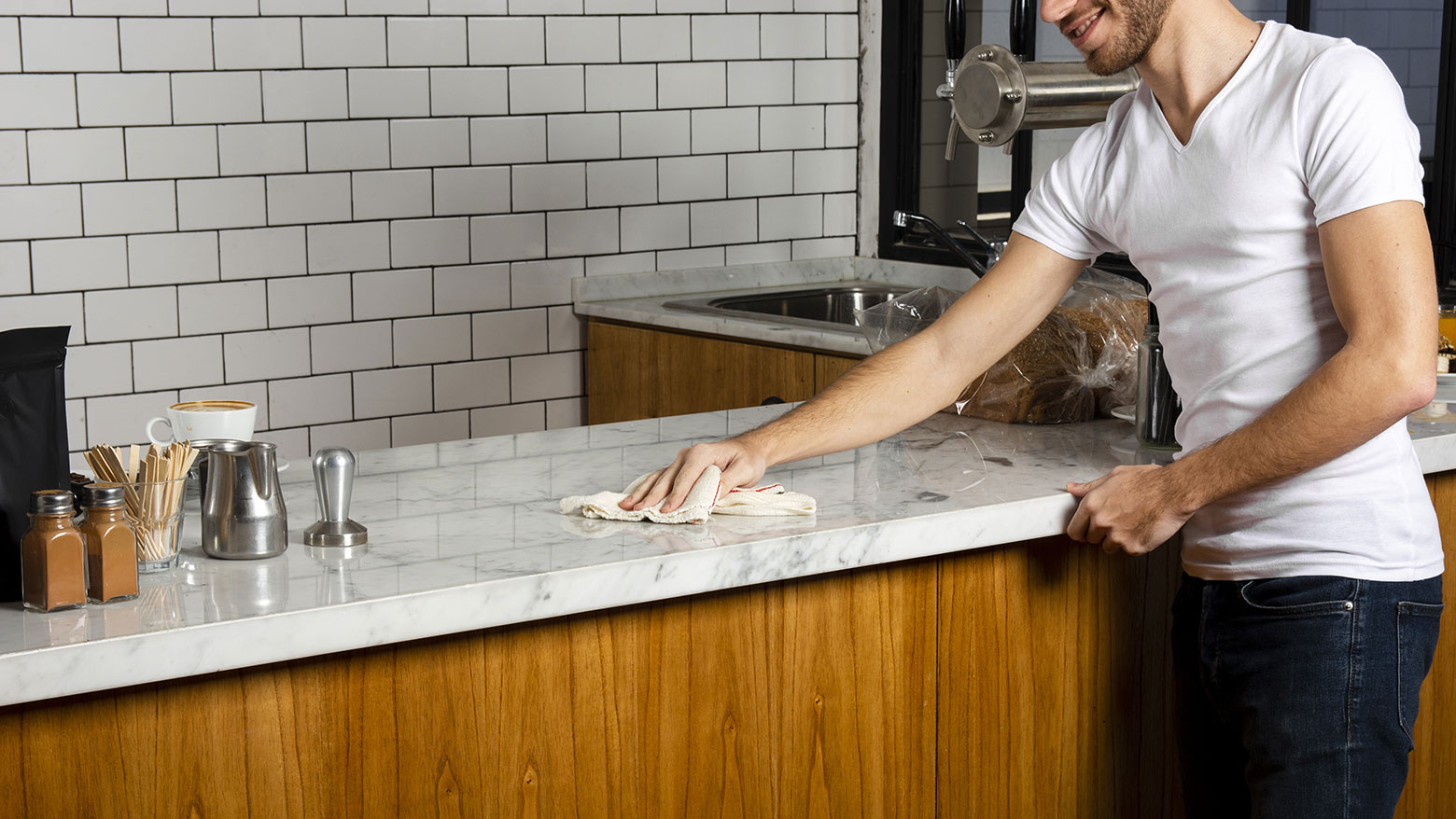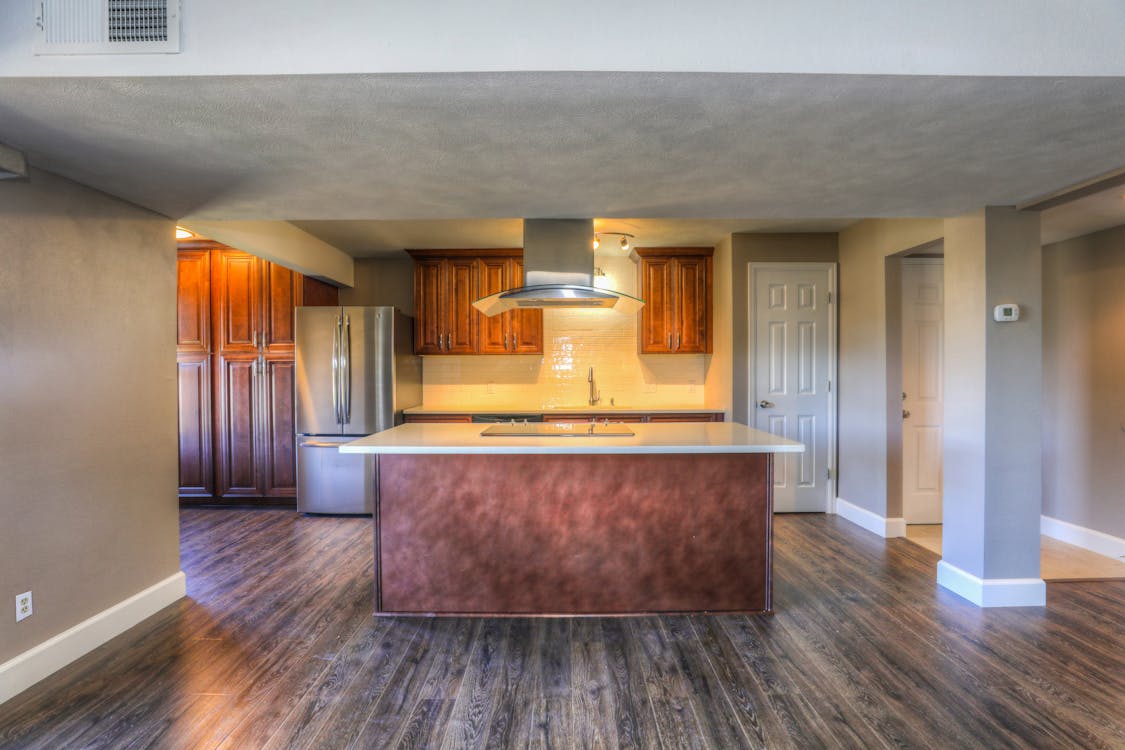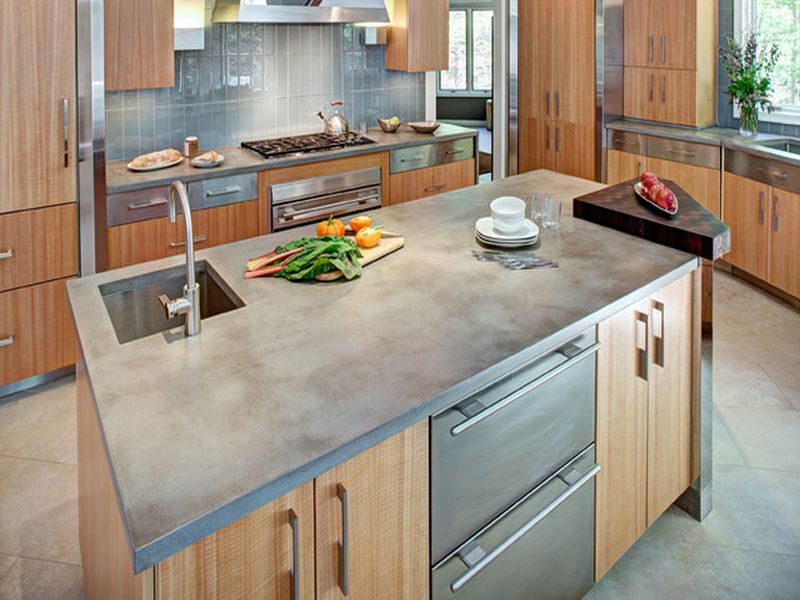Designing a kitchen requires careful planning and consideration, especially when it comes to the kitchen counter. The kitchen counter is not only a functional space for food preparation, but it can also be a stylish focal point in your kitchen. Here are 10 important guidelines to keep in mind when designing your kitchen counter.Kitchen Counter Design Guidelines
Before you start designing your kitchen counter, it's important to have a clear idea of what you want it to look like. Browse through design magazines, websites, and social media platforms for inspiration. Consider your personal style and the overall aesthetic of your kitchen to come up with the perfect design ideas for your kitchen counter.Kitchen Counter Design Ideas
The layout of your kitchen counter is crucial in ensuring a functional and efficient space. The most common layout is the "work triangle" which includes the sink, stove, and refrigerator. This layout allows for easy movement and access to the most used areas in the kitchen. Consider the size and shape of your kitchen when deciding on the layout of your kitchen counter.Kitchen Counter Layout
The material you choose for your kitchen counter will not only affect the overall look of your kitchen, but also its durability and maintenance. Some popular materials include granite, quartz, marble, and laminate. Each material has its own pros and cons, so it's important to do your research and choose one that fits your budget and lifestyle.Kitchen Counter Materials
The height of your kitchen counter is important for ergonomic reasons. The standard height for kitchen counters is 36 inches, but this can vary depending on your own height and preferences. Consider the activities you will be doing on your kitchen counter and choose a height that will be comfortable for you.Kitchen Counter Height
The depth of your kitchen counter is another important factor to consider. The standard depth is 24 inches, but this can also be adjusted depending on the size of your kitchen and your personal preferences. A deeper counter allows for more workspace but can also make it harder to reach items at the back. Consider your needs and choose a depth that will work best for you.Kitchen Counter Depth
An overhang on your kitchen counter can serve a variety of purposes. It can provide extra seating for a breakfast bar or create a space for bar stools. The standard overhang is 12 inches, but this can also be adjusted depending on your needs. Make sure to also consider the support needed for the overhang to ensure safety and stability.Kitchen Counter Overhang
Storage is essential in any kitchen, and your kitchen counter can provide additional storage space. Consider incorporating shelves, drawers, or cabinets into your kitchen counter design to keep your kitchen organized and clutter-free. Make sure to also consider the height and depth of the storage space to ensure easy access and functionality.Kitchen Counter Storage
Proper lighting is crucial in any kitchen, especially on the kitchen counter where most food preparation takes place. Consider incorporating task lighting, such as under-cabinet lights or pendant lights, to provide ample lighting for your kitchen counter. This will not only make your kitchen more functional, but also add a stylish touch to your design.Kitchen Counter Lighting
Lastly, it's important to consider the maintenance of your kitchen counter. Different materials require different levels of maintenance, so make sure to choose one that fits your lifestyle. For example, natural stone counters may require regular sealing while laminate counters may be easier to clean and maintain. Consider your budget and time for maintenance when choosing the material for your kitchen counter.Kitchen Counter Maintenance
Creating a Functional and Aesthetic Kitchen Counter Design
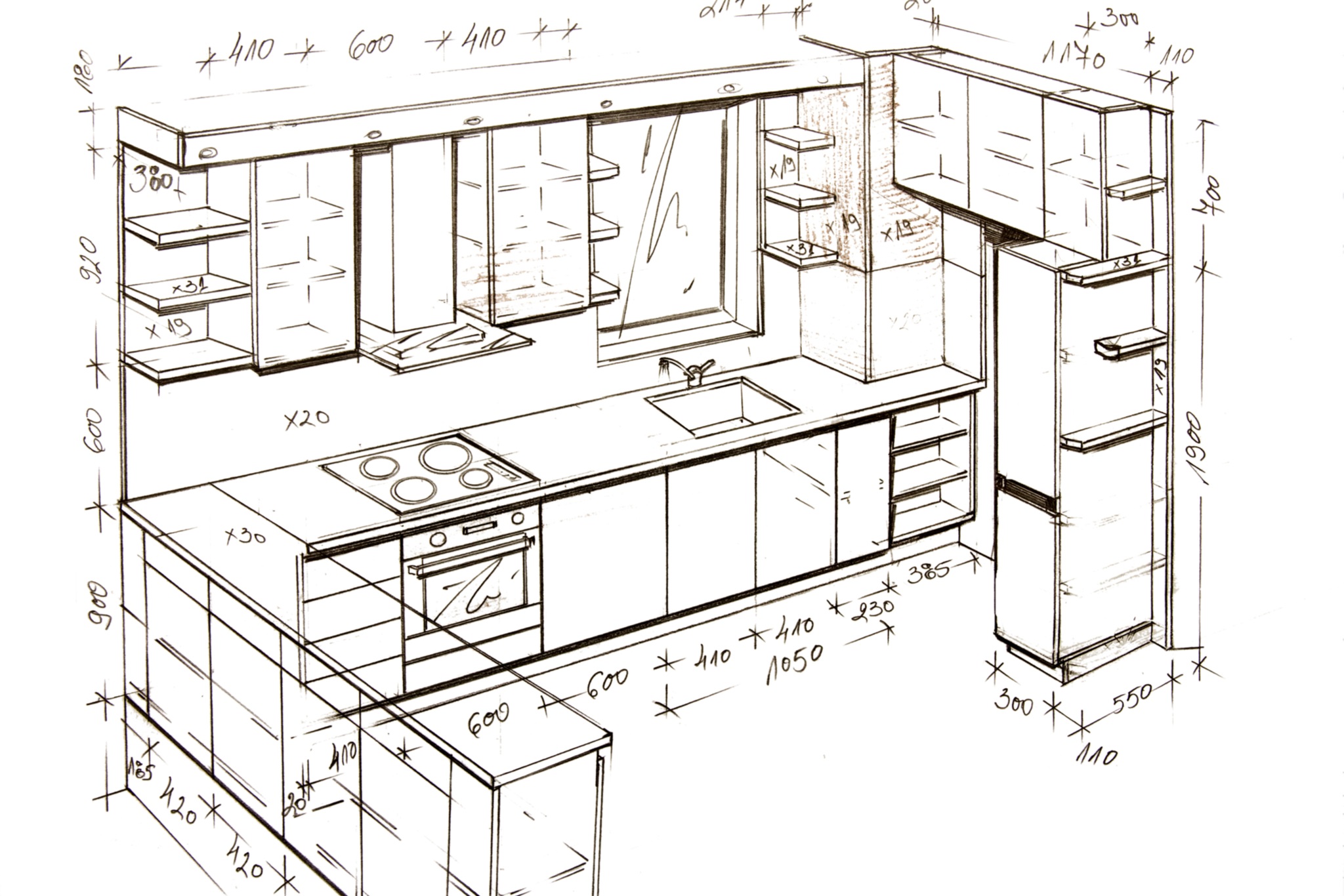
Maximizing Space and Functionality
 When designing a kitchen, one of the most important elements to consider is the
kitchen counter
. It is where most of the cooking and meal prepping happens, so it needs to be functional and efficient. To achieve this, it is crucial to
maximize space
and carefully plan the layout of the counter. One way to do this is by incorporating
storage solutions
such as cabinets, drawers, and shelves. This not only keeps the counter clutter-free but also ensures that everything is within easy reach while cooking. Additionally, consider the height of the counter to avoid straining your back or arms while working.
When designing a kitchen, one of the most important elements to consider is the
kitchen counter
. It is where most of the cooking and meal prepping happens, so it needs to be functional and efficient. To achieve this, it is crucial to
maximize space
and carefully plan the layout of the counter. One way to do this is by incorporating
storage solutions
such as cabinets, drawers, and shelves. This not only keeps the counter clutter-free but also ensures that everything is within easy reach while cooking. Additionally, consider the height of the counter to avoid straining your back or arms while working.
Choosing the Right Materials
 The choice of materials for your kitchen counter can greatly impact its functionality and overall design.
Granite
,
quartz
, and
marble
are popular choices for their durability and aesthetic appeal. However, they can be quite expensive. If you're on a budget,
laminate
or
solid surface
counters are more affordable options that still offer a sleek look. Consider the usage and maintenance of each material before making a decision. For instance, granite and marble require sealing to prevent stains while laminate is prone to scratches.
The choice of materials for your kitchen counter can greatly impact its functionality and overall design.
Granite
,
quartz
, and
marble
are popular choices for their durability and aesthetic appeal. However, they can be quite expensive. If you're on a budget,
laminate
or
solid surface
counters are more affordable options that still offer a sleek look. Consider the usage and maintenance of each material before making a decision. For instance, granite and marble require sealing to prevent stains while laminate is prone to scratches.
Creating a Focal Point
 The kitchen counter can also serve as a
focal point
in your kitchen design. This can be achieved by incorporating
bold colors
,
unique patterns
, or
statement pieces
such as a decorative backsplash or a stylish faucet. However, it is important to strike a balance between functionality and aesthetics. Avoid overcrowding the counter with too many decorative items, which can make it difficult to work on.
The kitchen counter can also serve as a
focal point
in your kitchen design. This can be achieved by incorporating
bold colors
,
unique patterns
, or
statement pieces
such as a decorative backsplash or a stylish faucet. However, it is important to strike a balance between functionality and aesthetics. Avoid overcrowding the counter with too many decorative items, which can make it difficult to work on.
Lighting and Ambiance
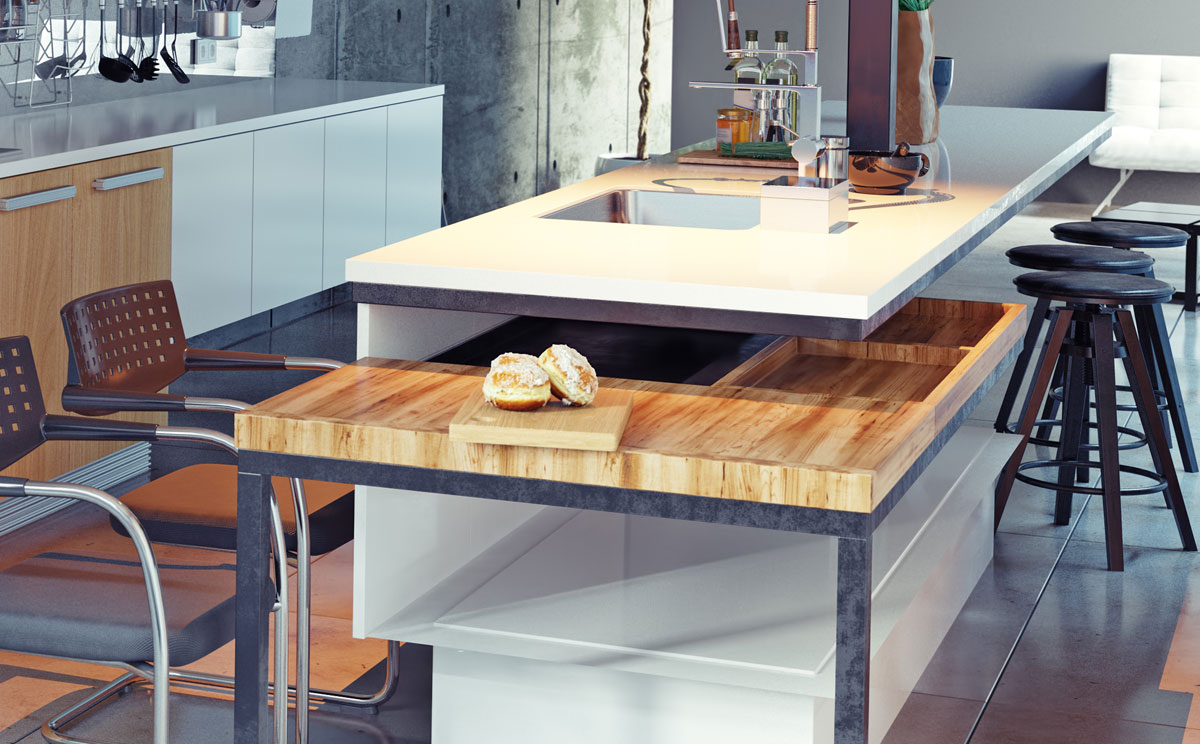 Proper lighting is essential in any kitchen, especially around the counter area.
Task lighting
such as under-cabinet lights or pendant lights above the counter can provide ample light for cooking and food preparation. Additionally,
ambient lighting
can create a warm and inviting atmosphere in the kitchen. Consider incorporating dimmable lights to adjust the mood according to the occasion.
Proper lighting is essential in any kitchen, especially around the counter area.
Task lighting
such as under-cabinet lights or pendant lights above the counter can provide ample light for cooking and food preparation. Additionally,
ambient lighting
can create a warm and inviting atmosphere in the kitchen. Consider incorporating dimmable lights to adjust the mood according to the occasion.
Personalizing the Design
 Ultimately, the kitchen counter design should reflect your personal style and preferences. Whether you prefer a minimalist, modern, or traditional look, there are countless ways to
personalize
your kitchen counter design. From choosing the right color scheme to incorporating your favorite decorative items, make sure the design speaks to you and complements the overall aesthetic of your home.
Ultimately, the kitchen counter design should reflect your personal style and preferences. Whether you prefer a minimalist, modern, or traditional look, there are countless ways to
personalize
your kitchen counter design. From choosing the right color scheme to incorporating your favorite decorative items, make sure the design speaks to you and complements the overall aesthetic of your home.
In conclusion, a well-designed kitchen counter is not only functional but also adds to the overall look and feel of your kitchen. By following these guidelines and incorporating your own personal touch, you can create a kitchen counter that is both practical and visually appealing.
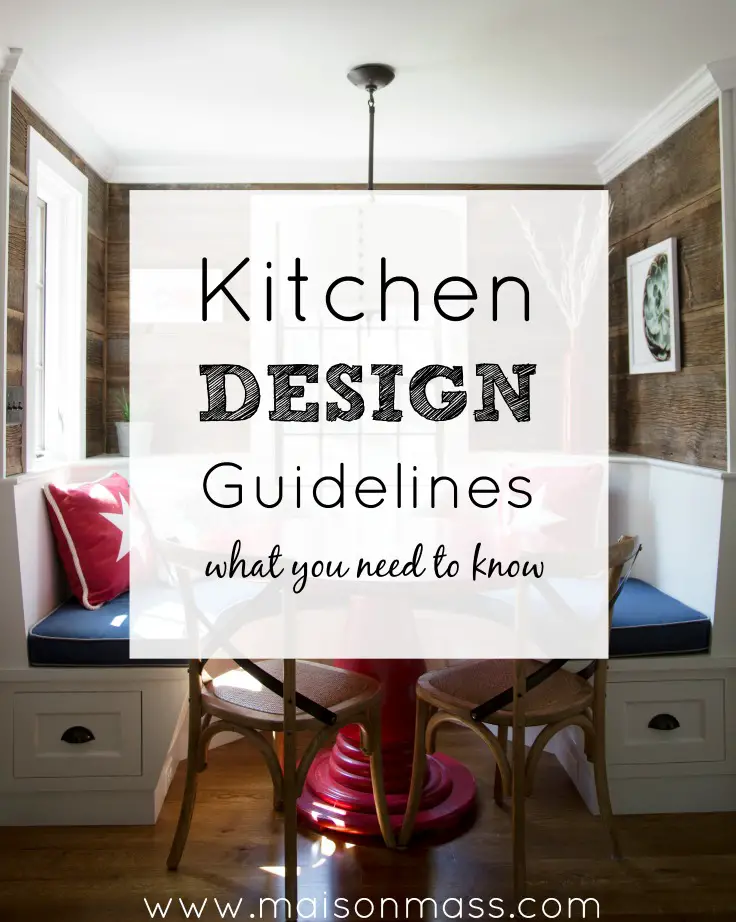


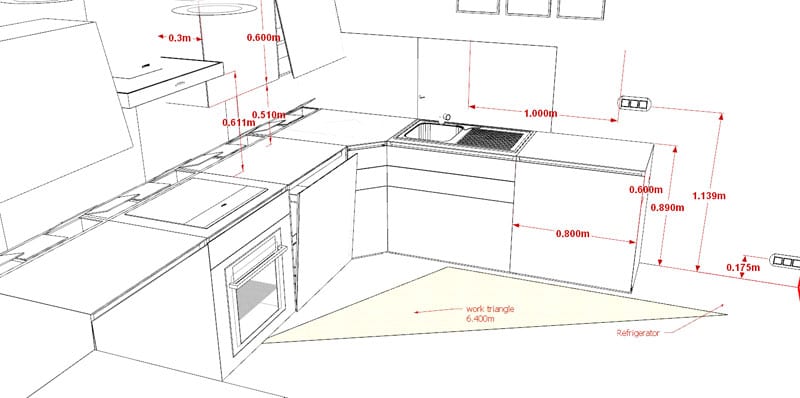




:no_upscale()/cdn.vox-cdn.com/uploads/chorus_asset/file/22363021/CapeAnn_022172020JK_1427_Final_Closed.jpg)

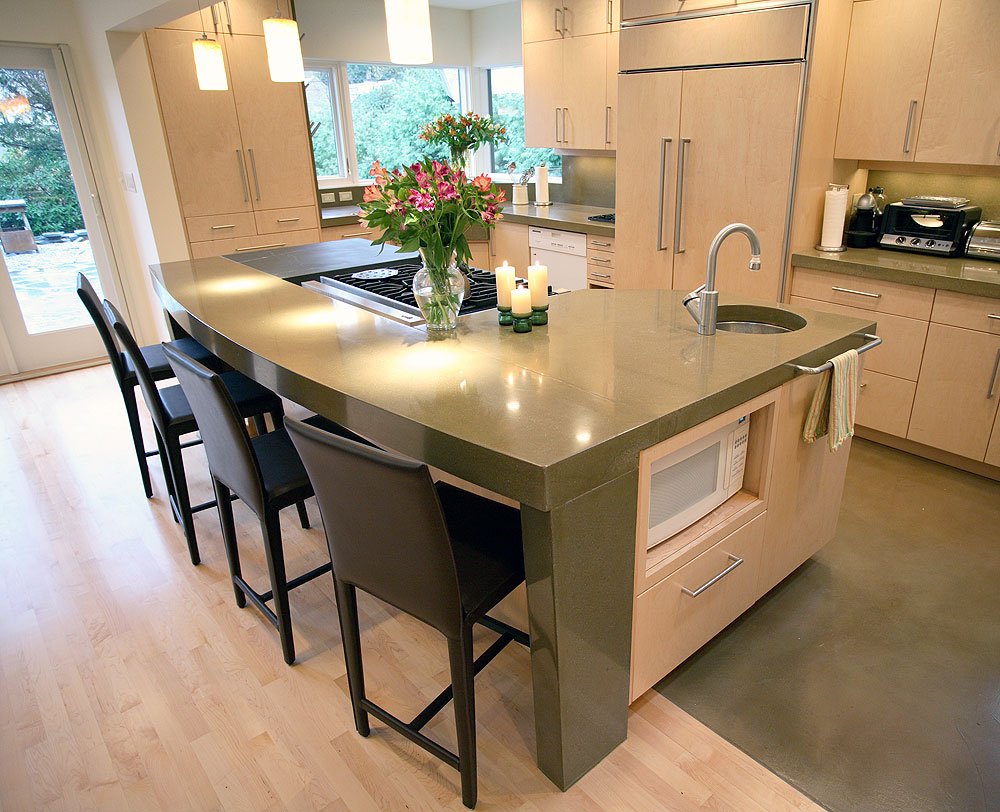

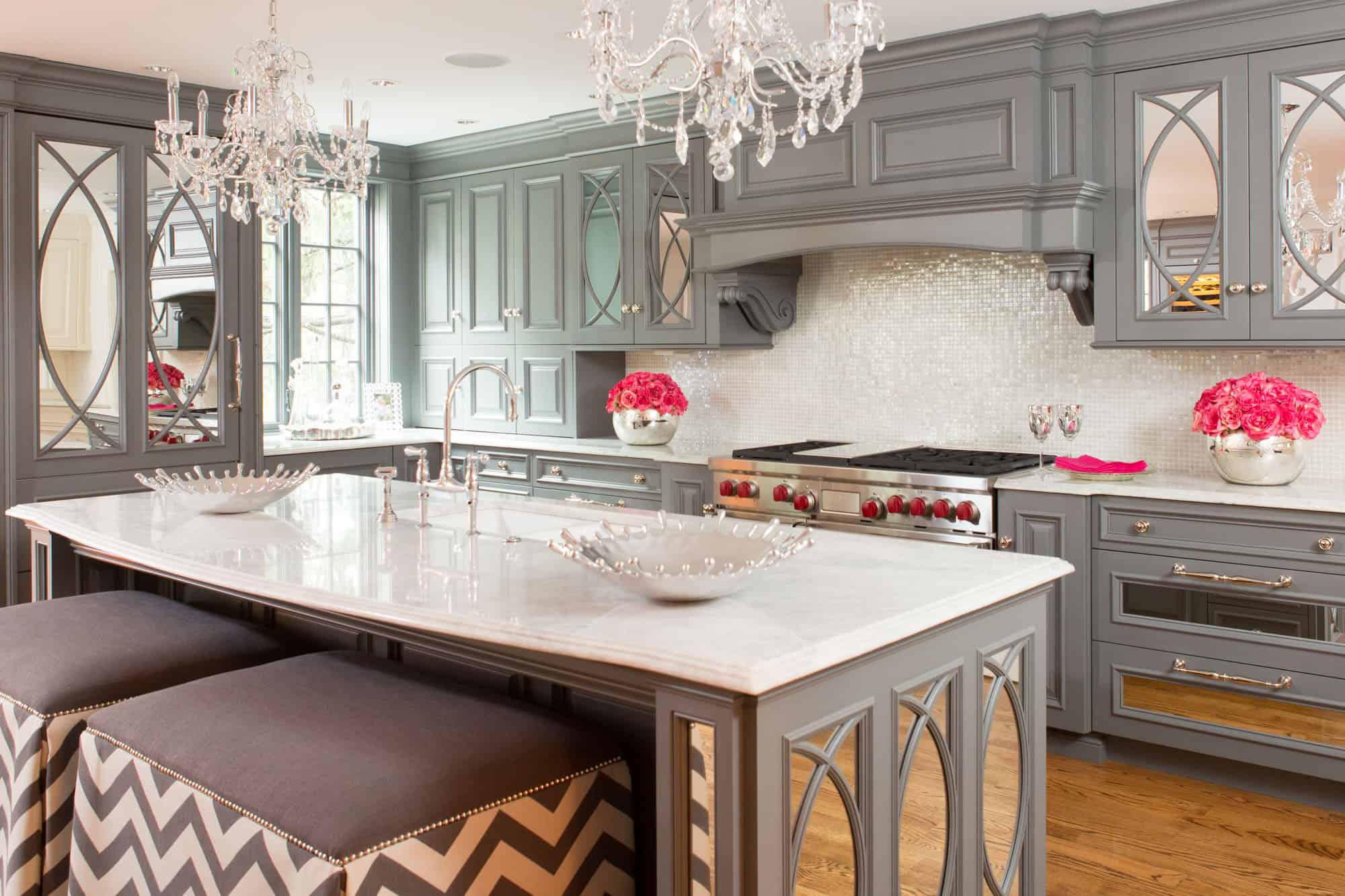




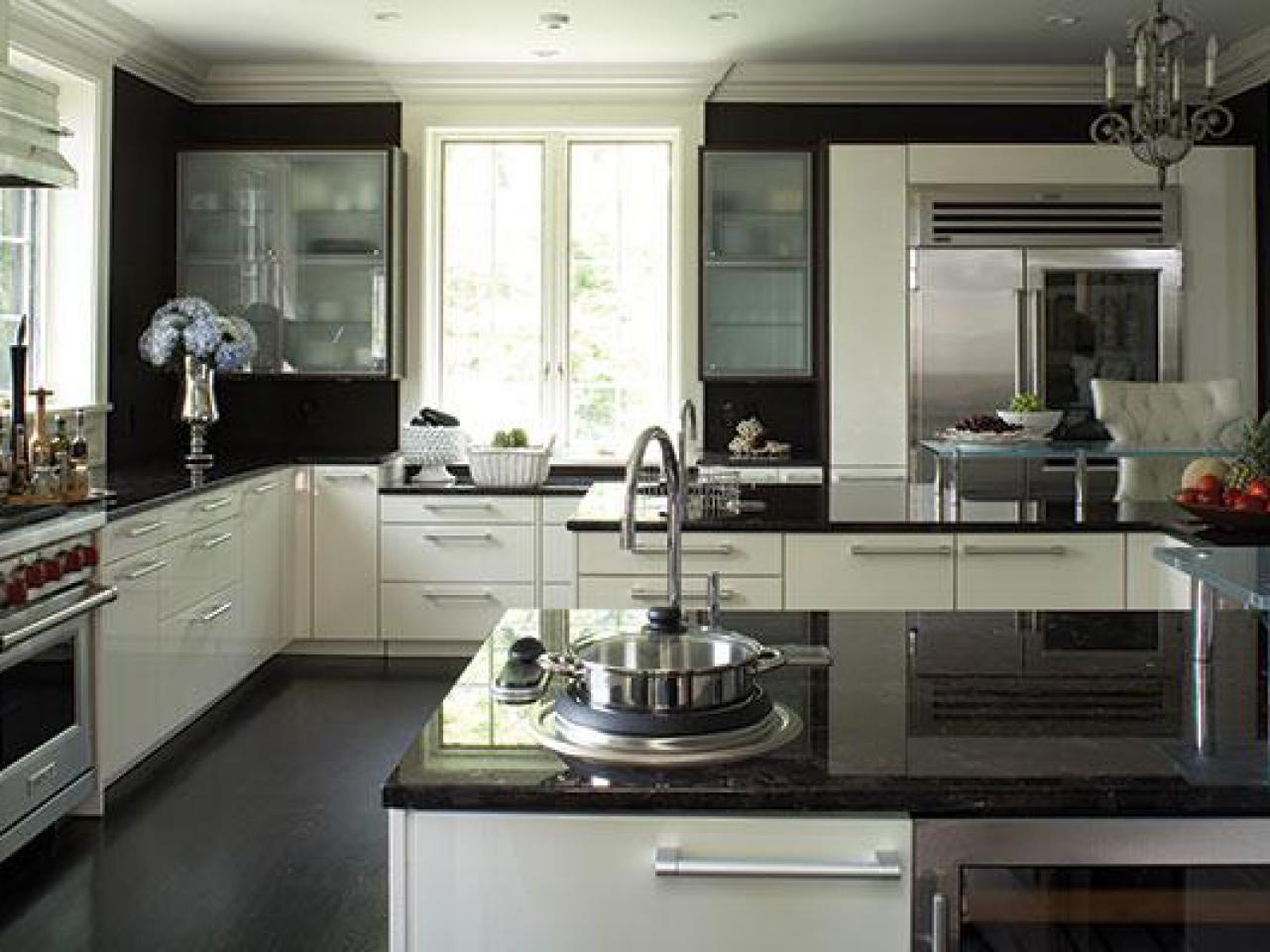
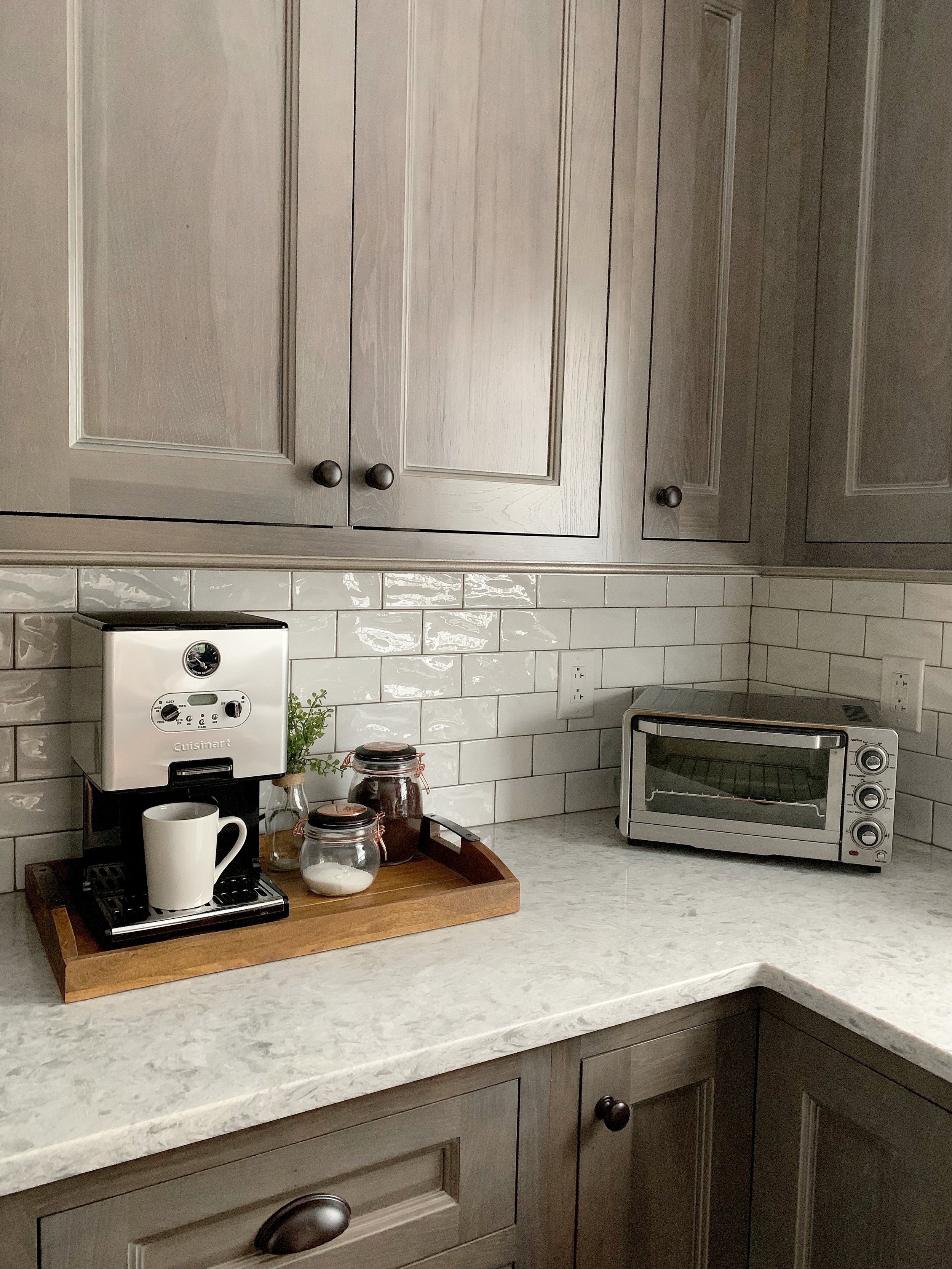
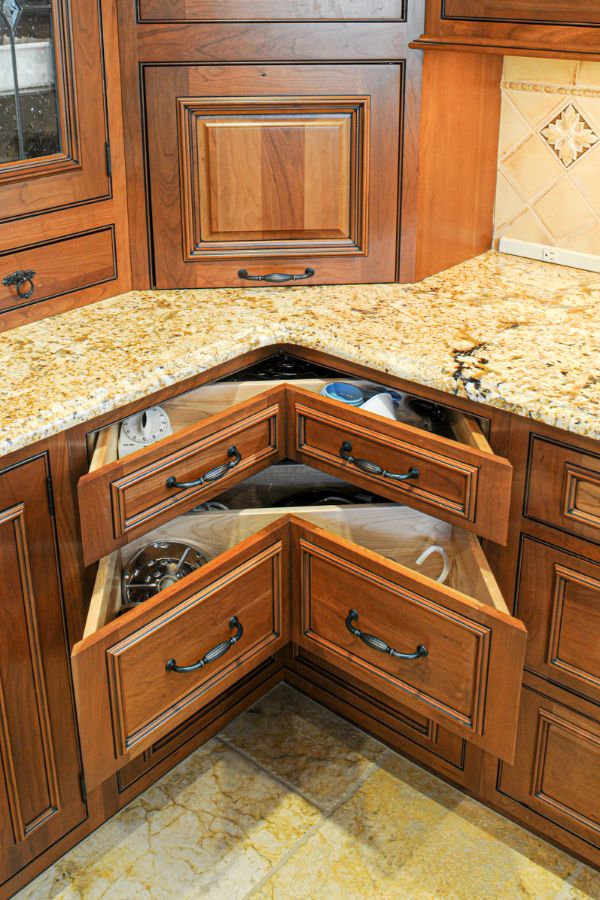

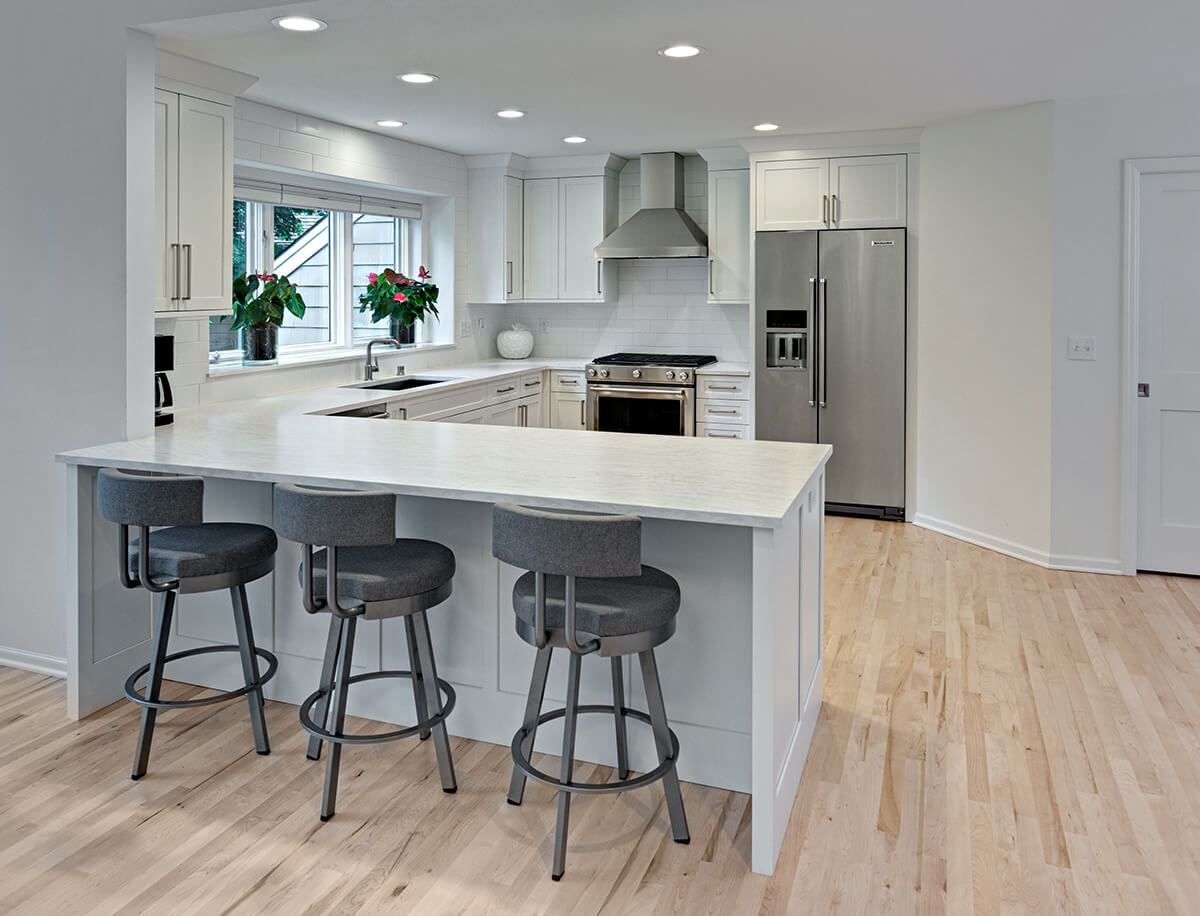
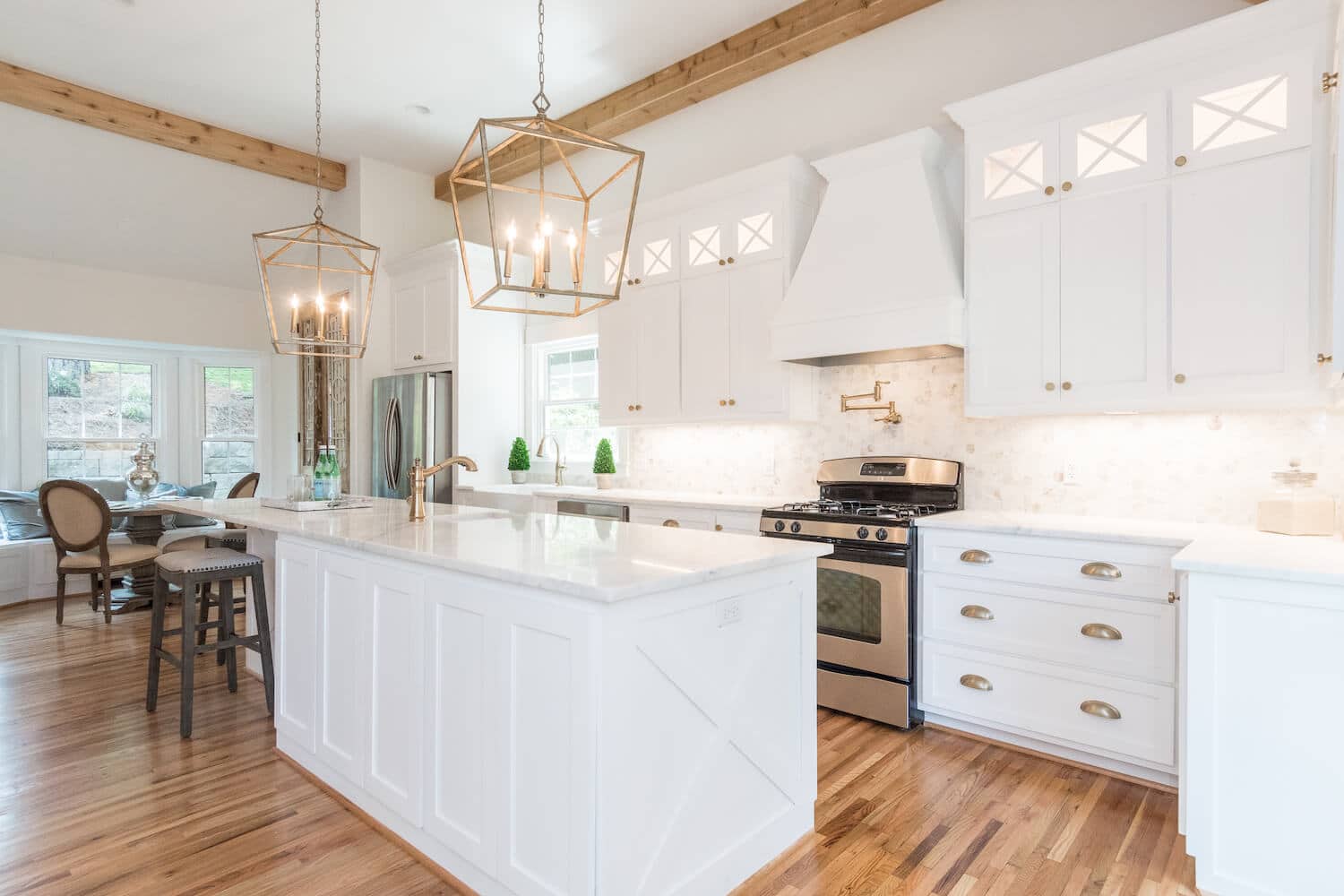
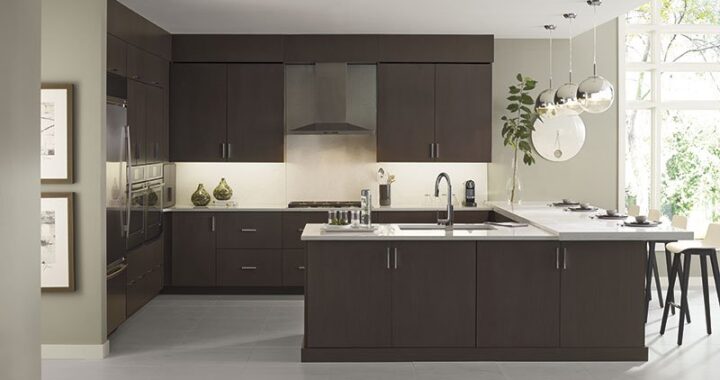
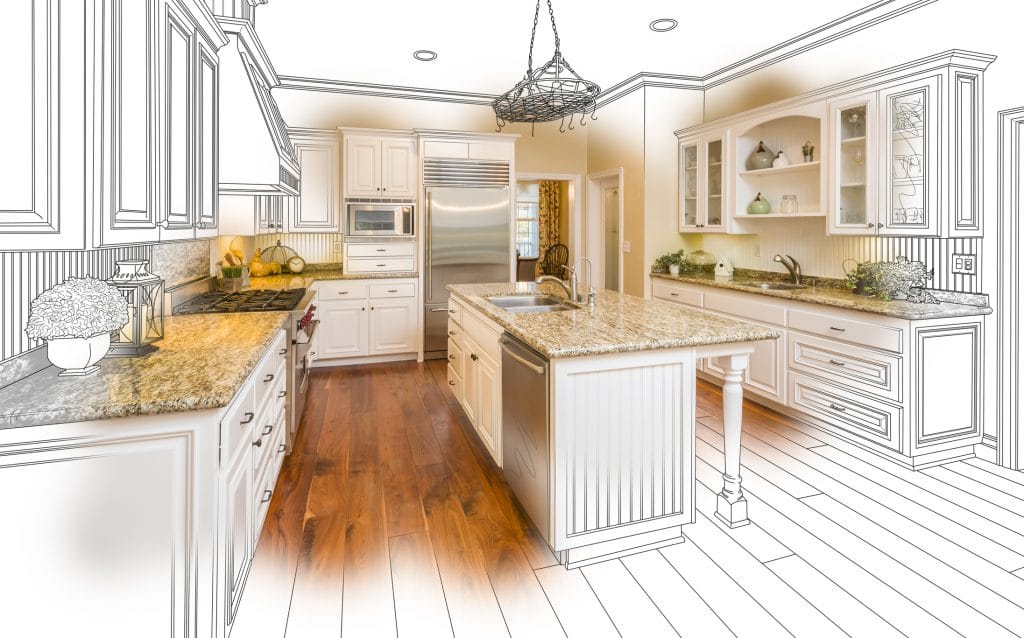






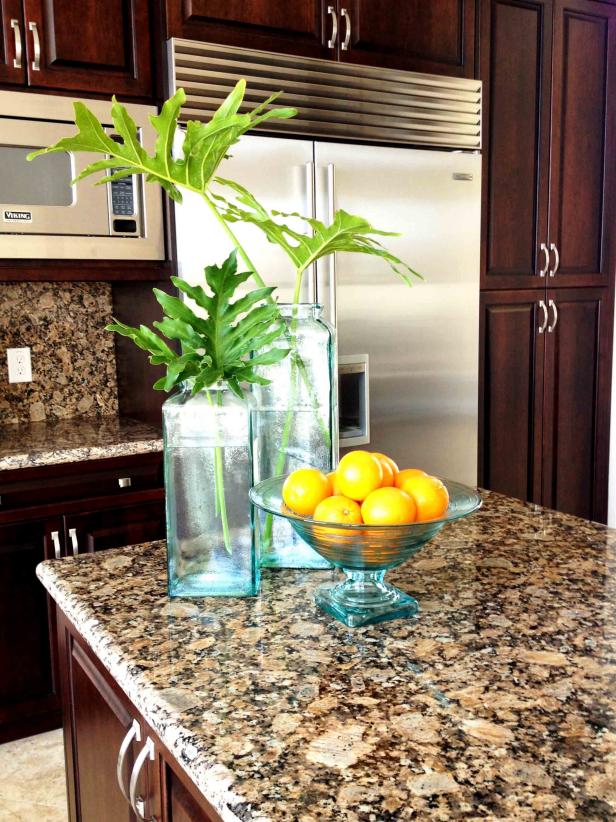
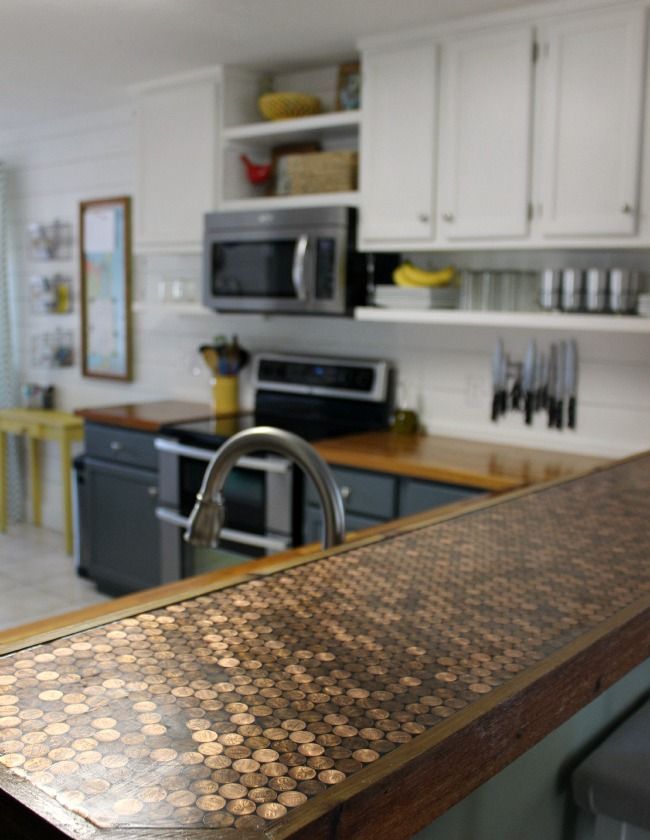


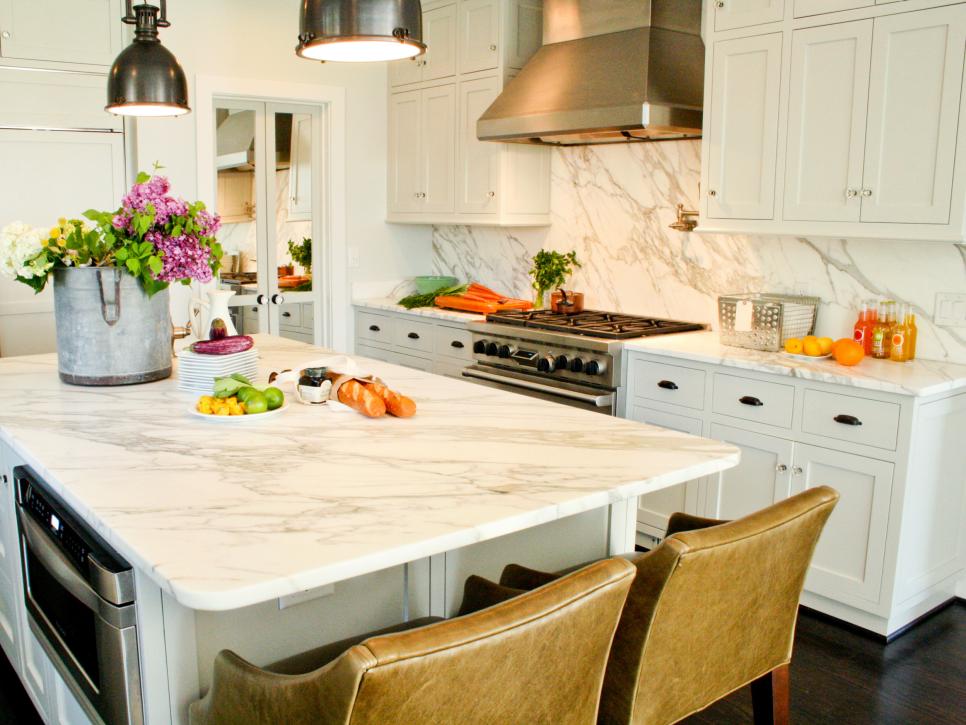
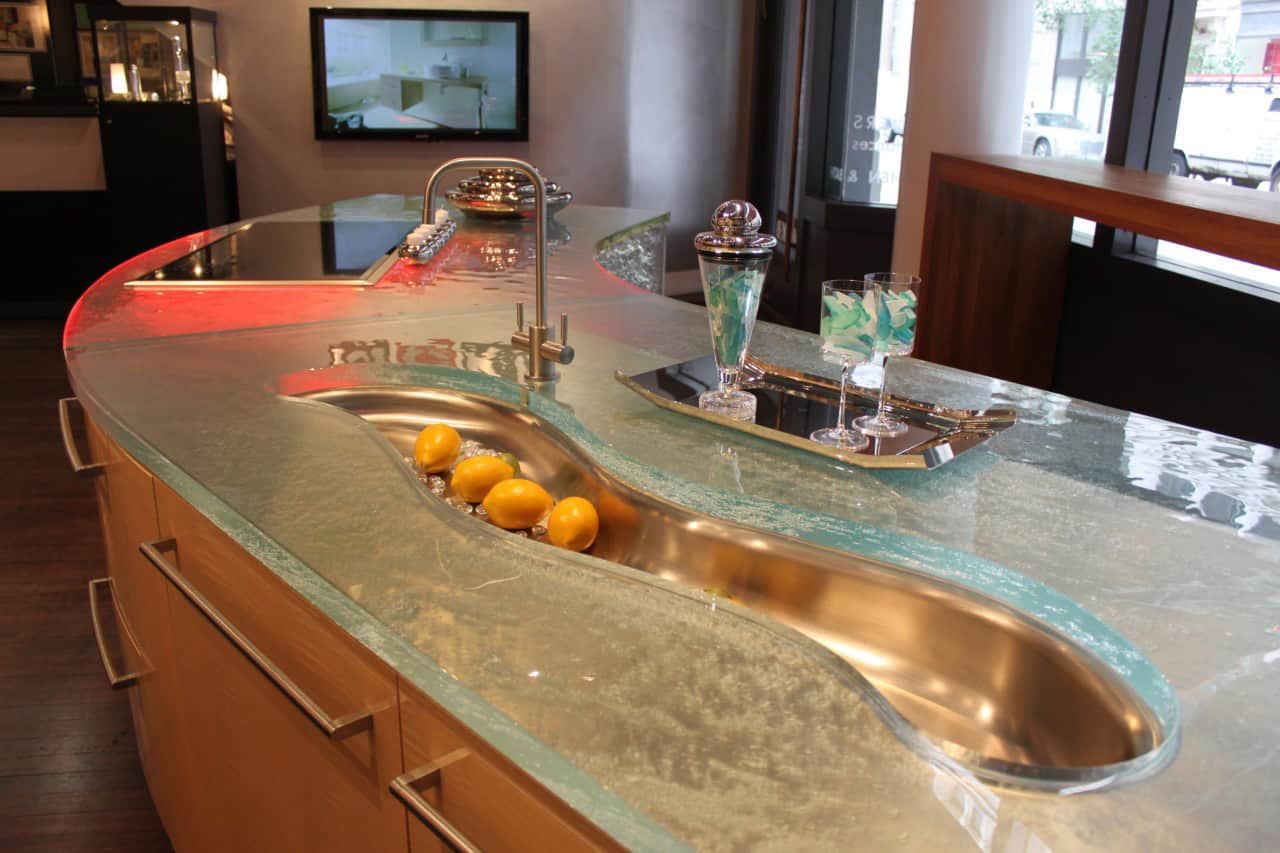
/120045890-56a527615f9b58b7d0db2c03.jpg)

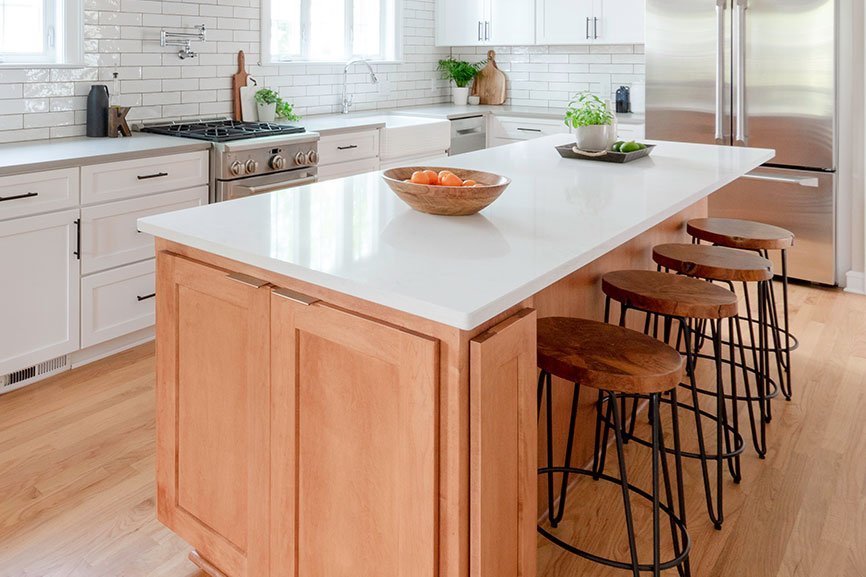


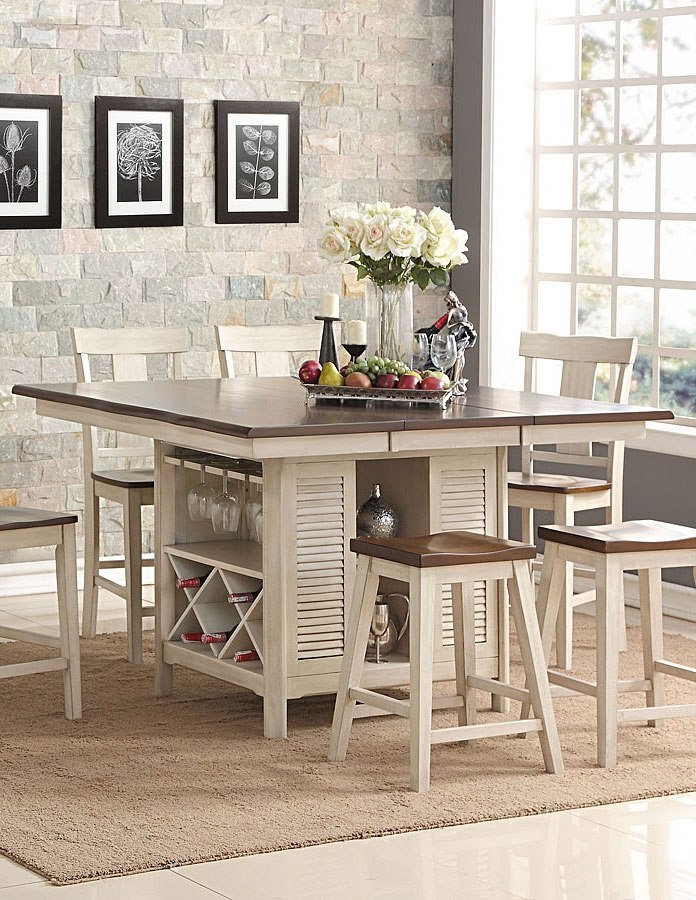
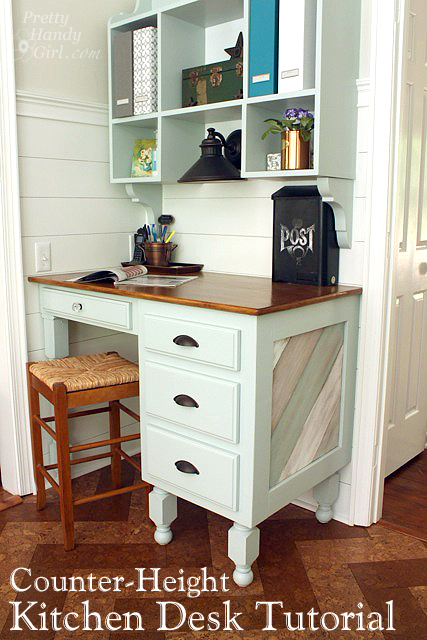
/125410192-56a2ae863df78cf77278c252.jpg)
